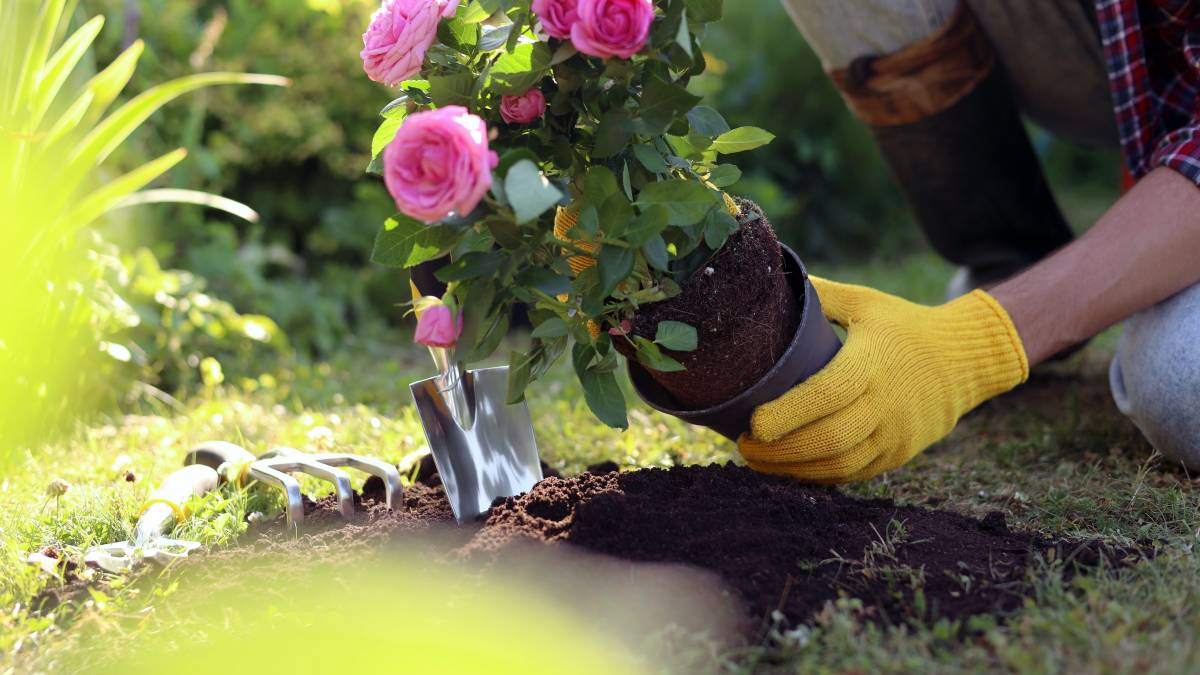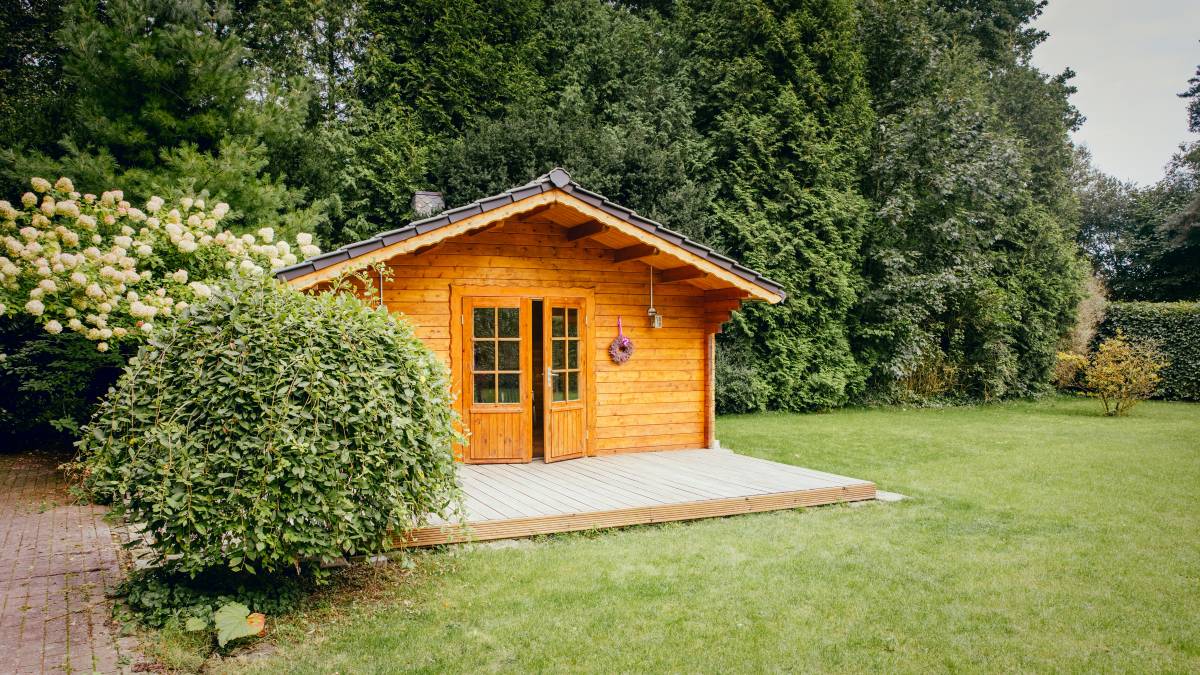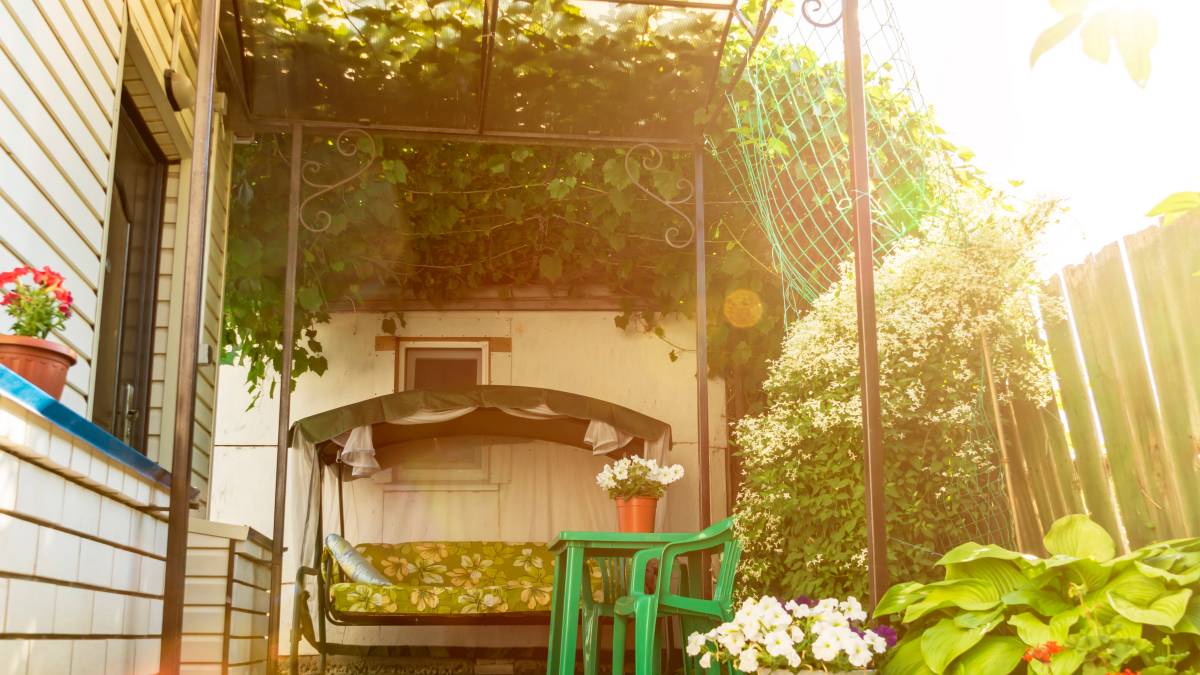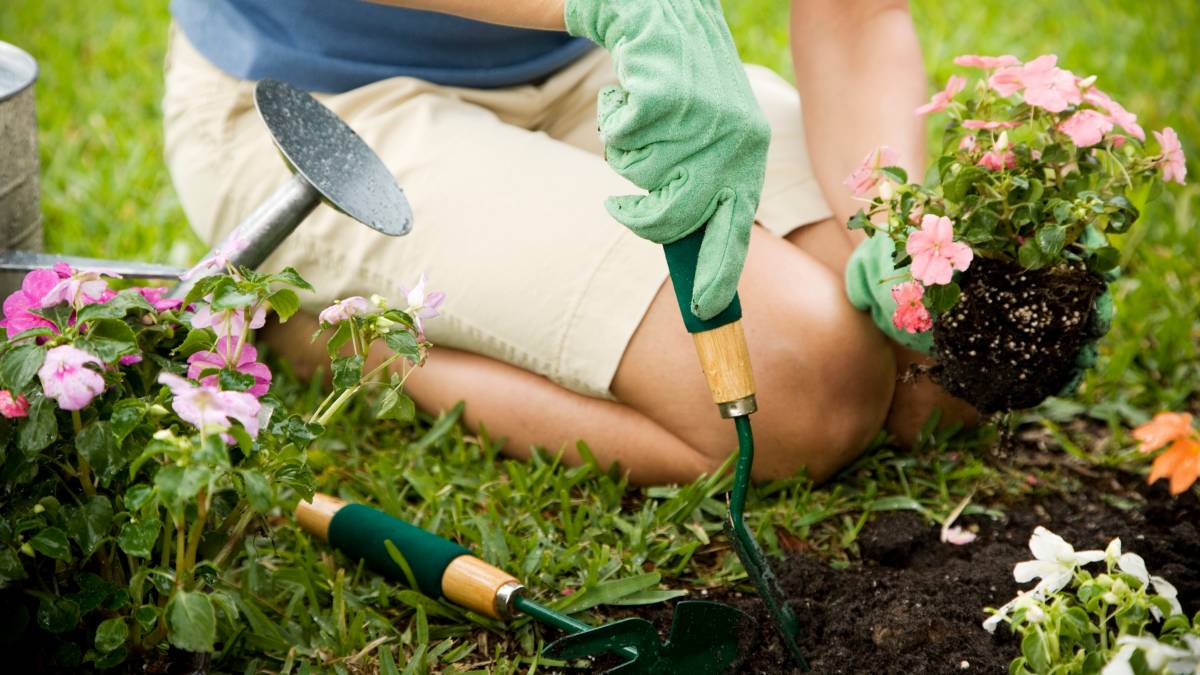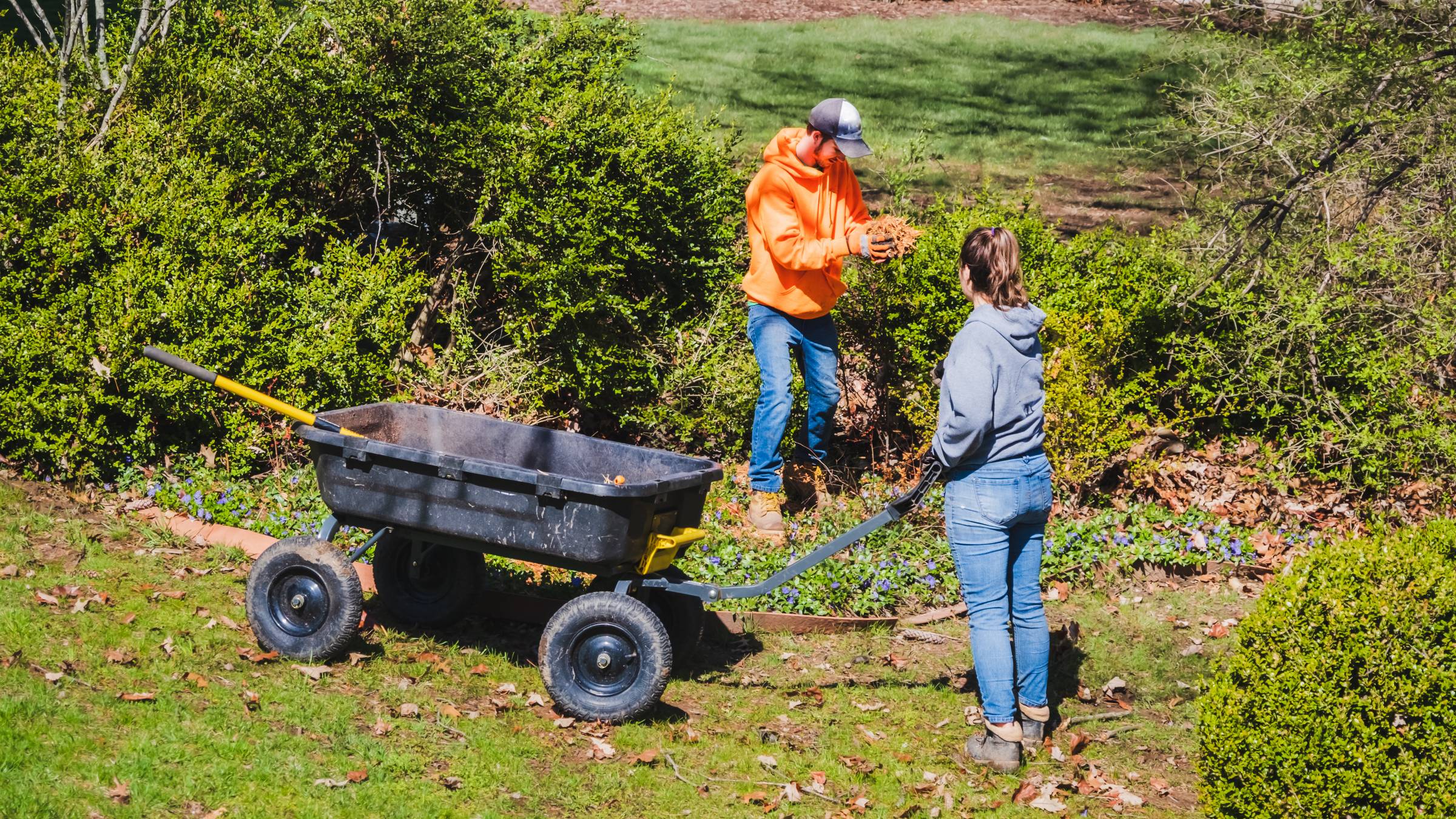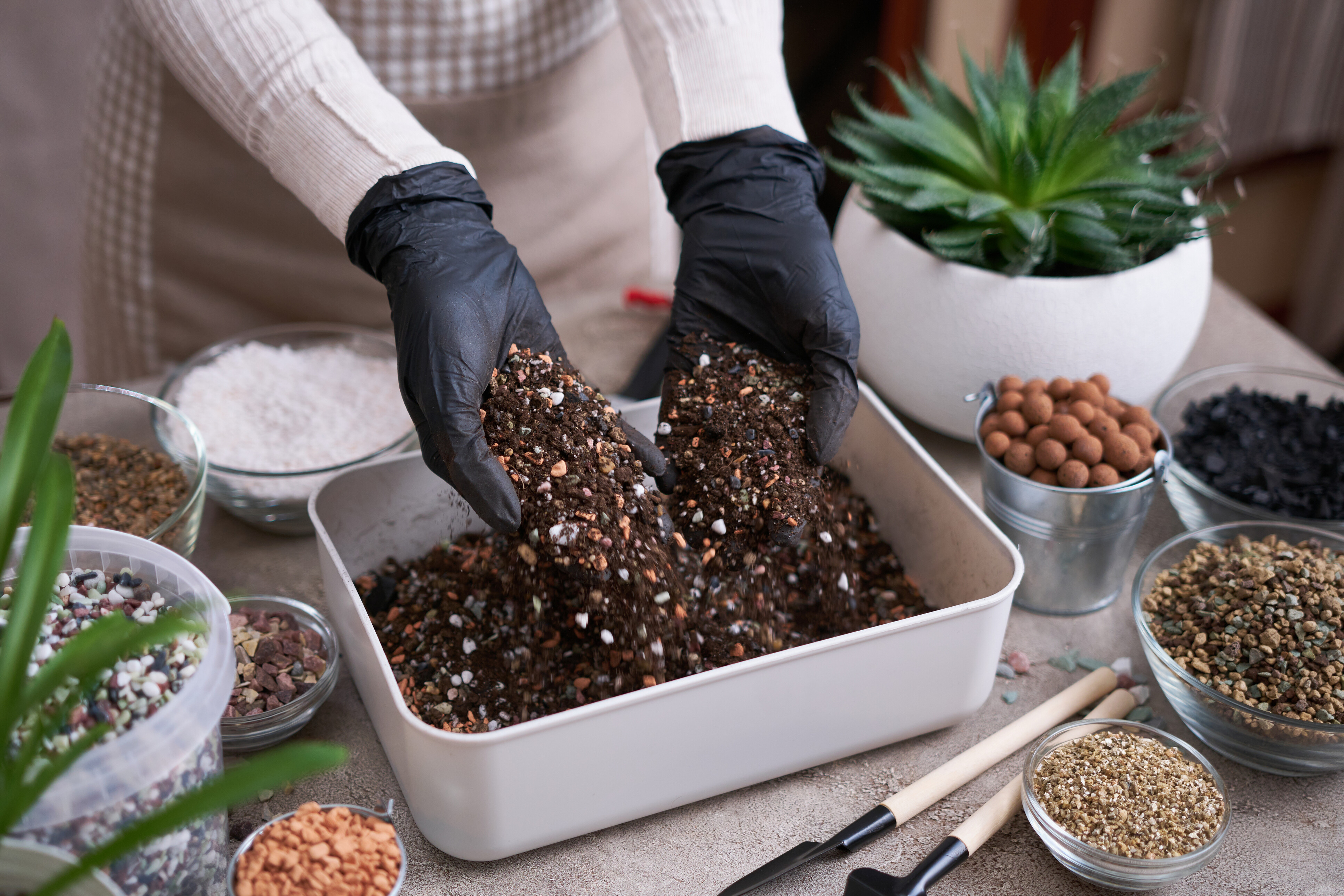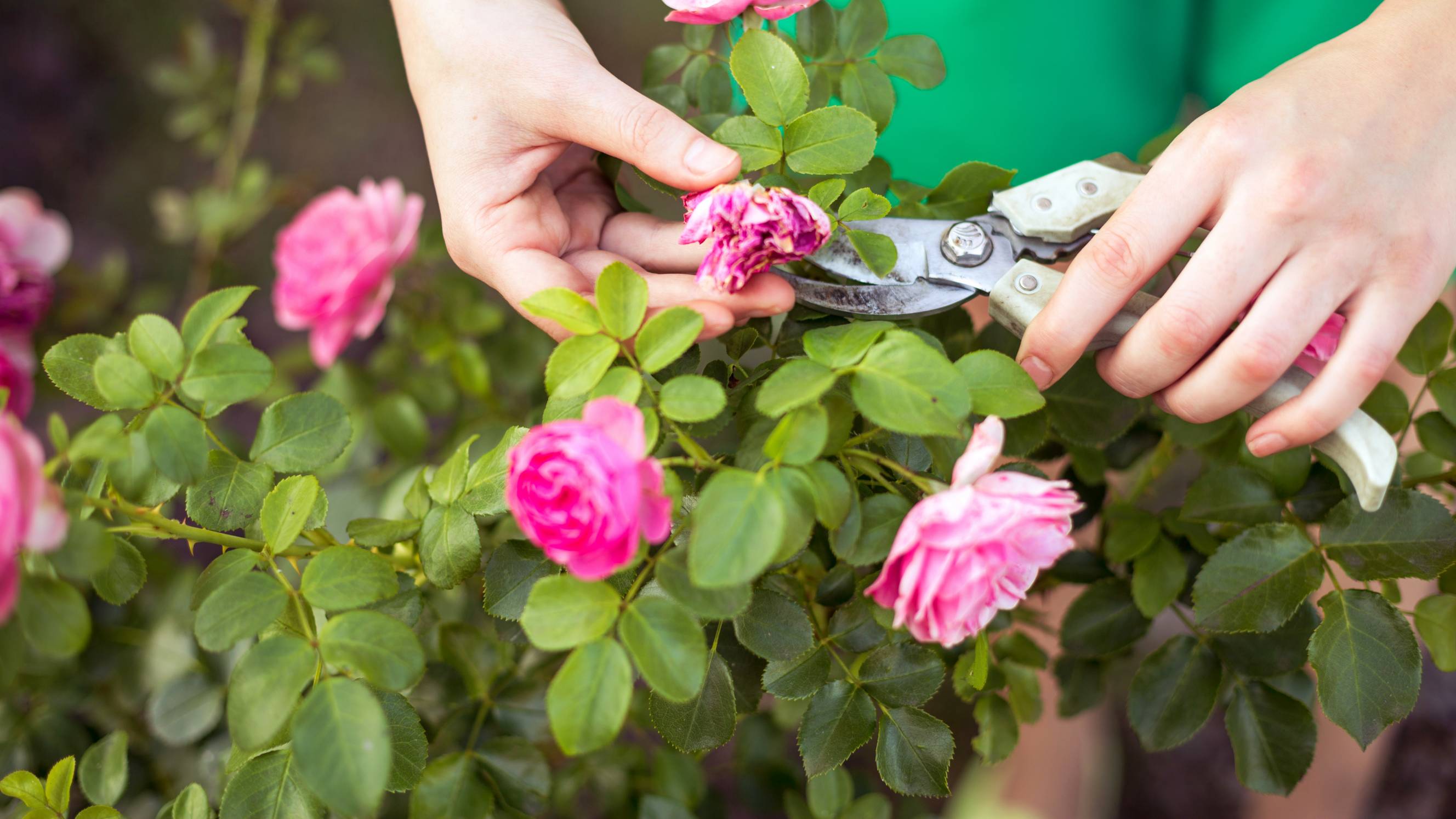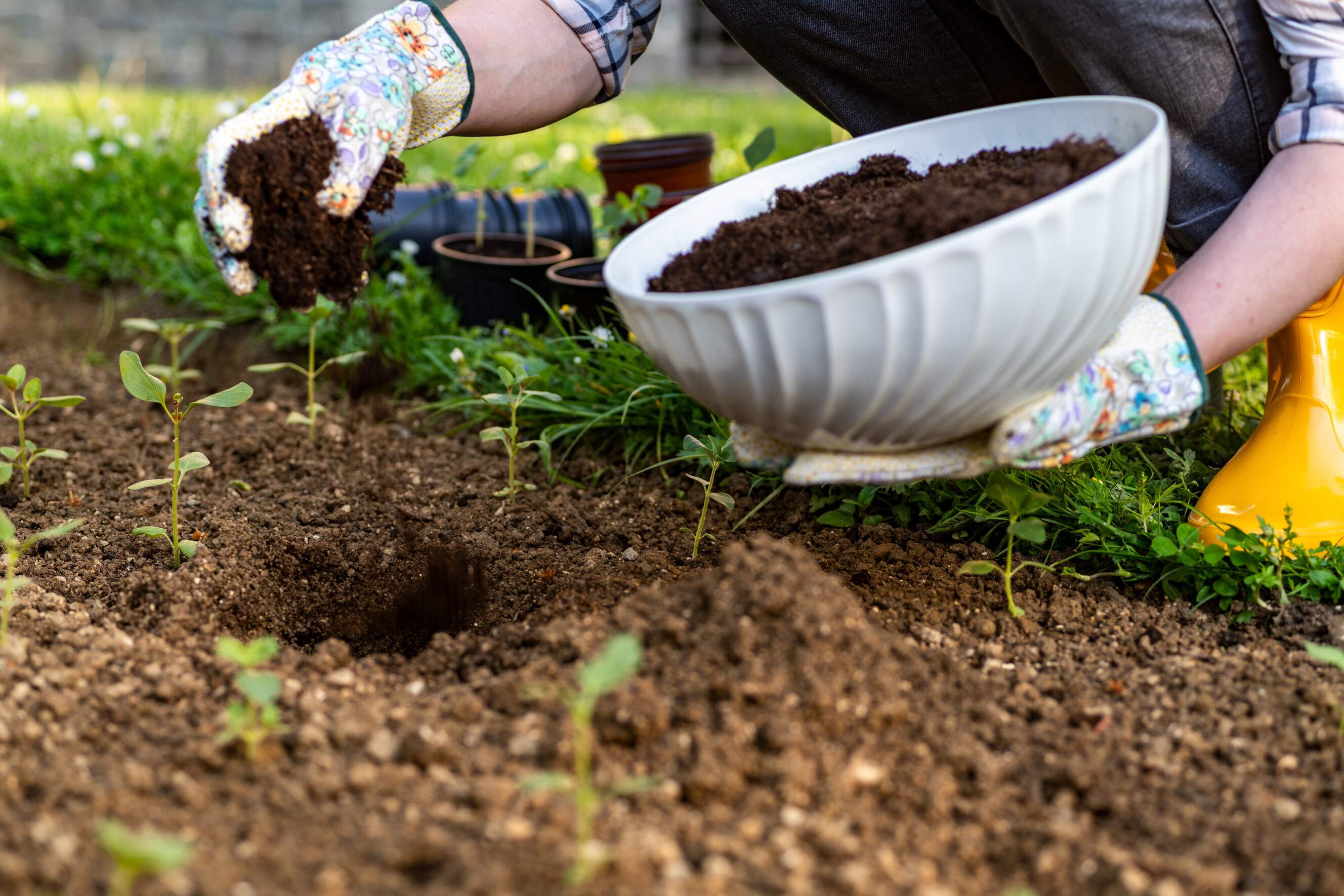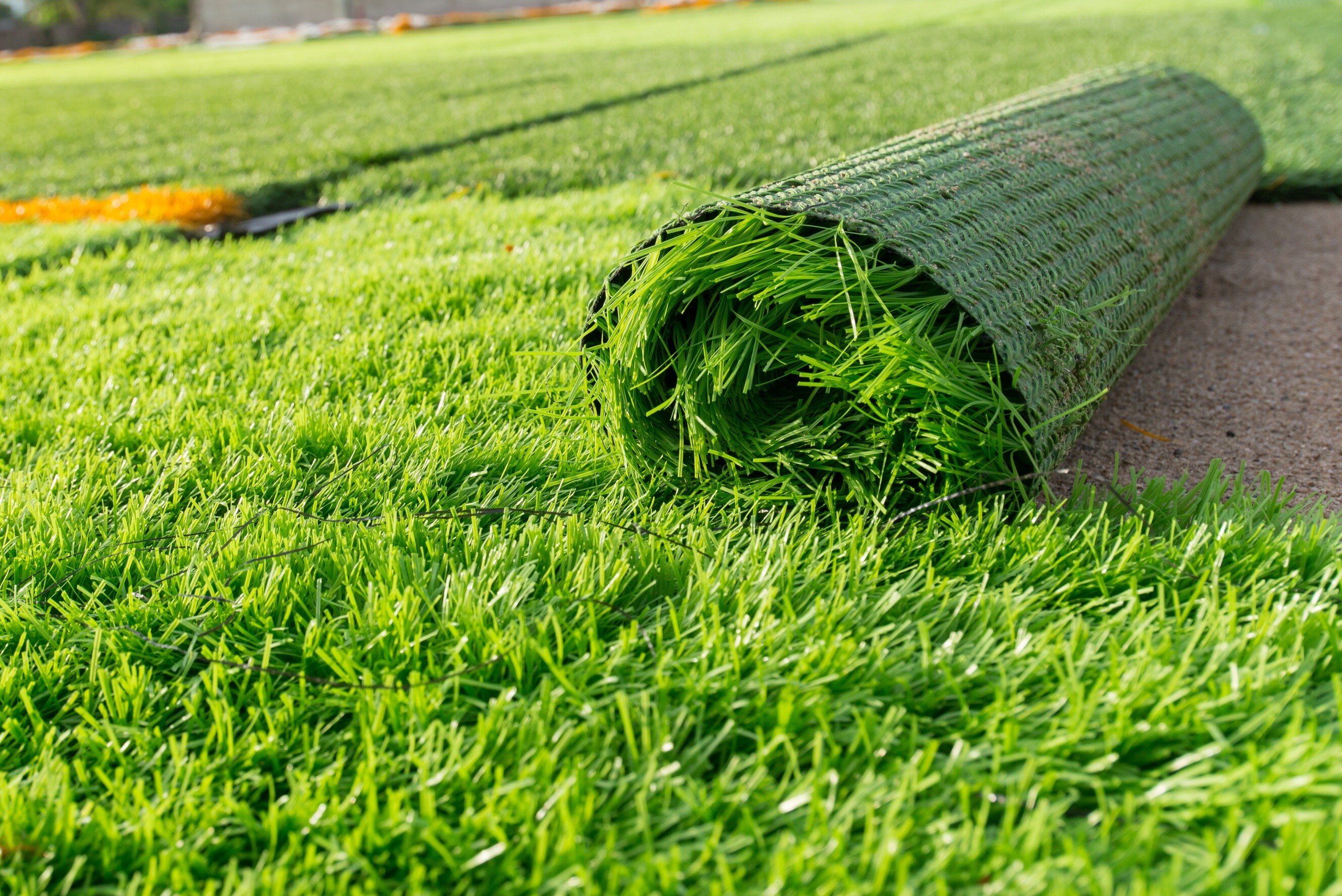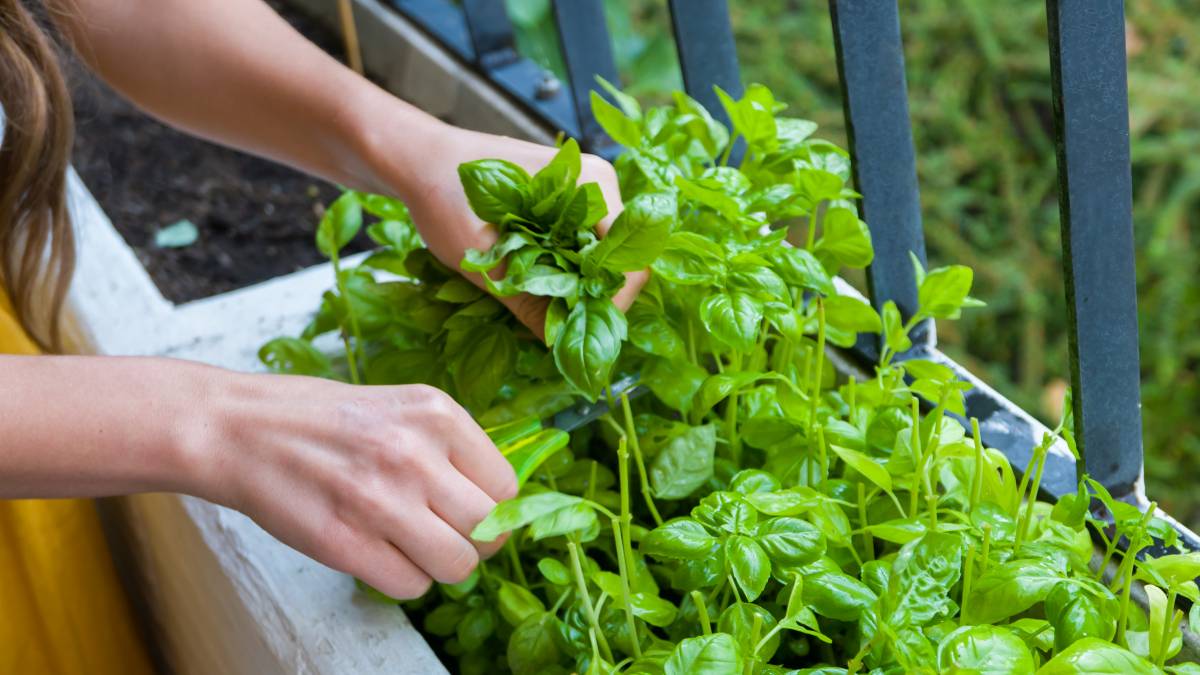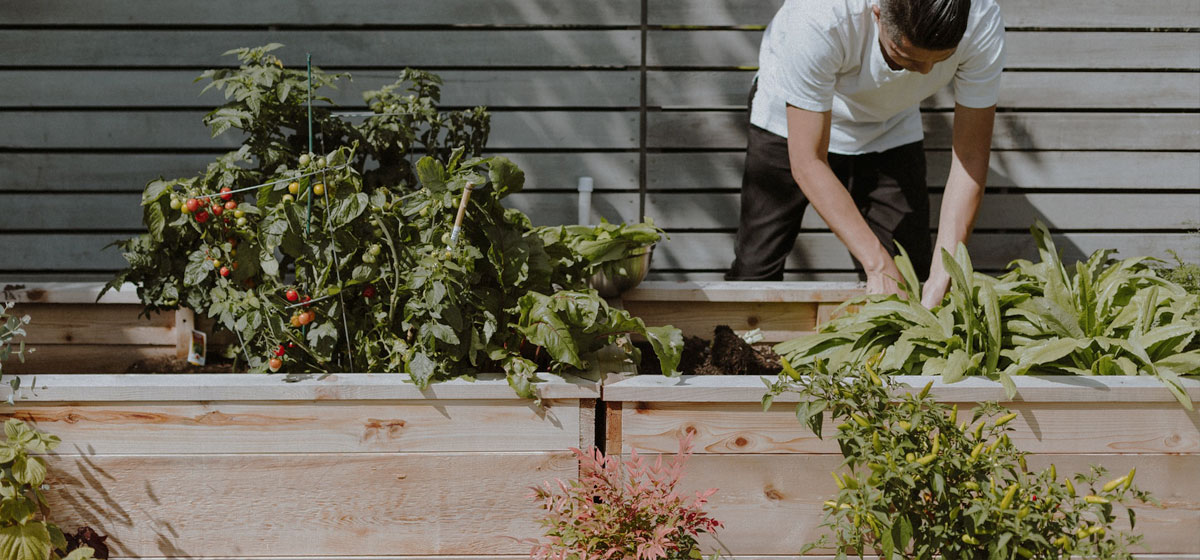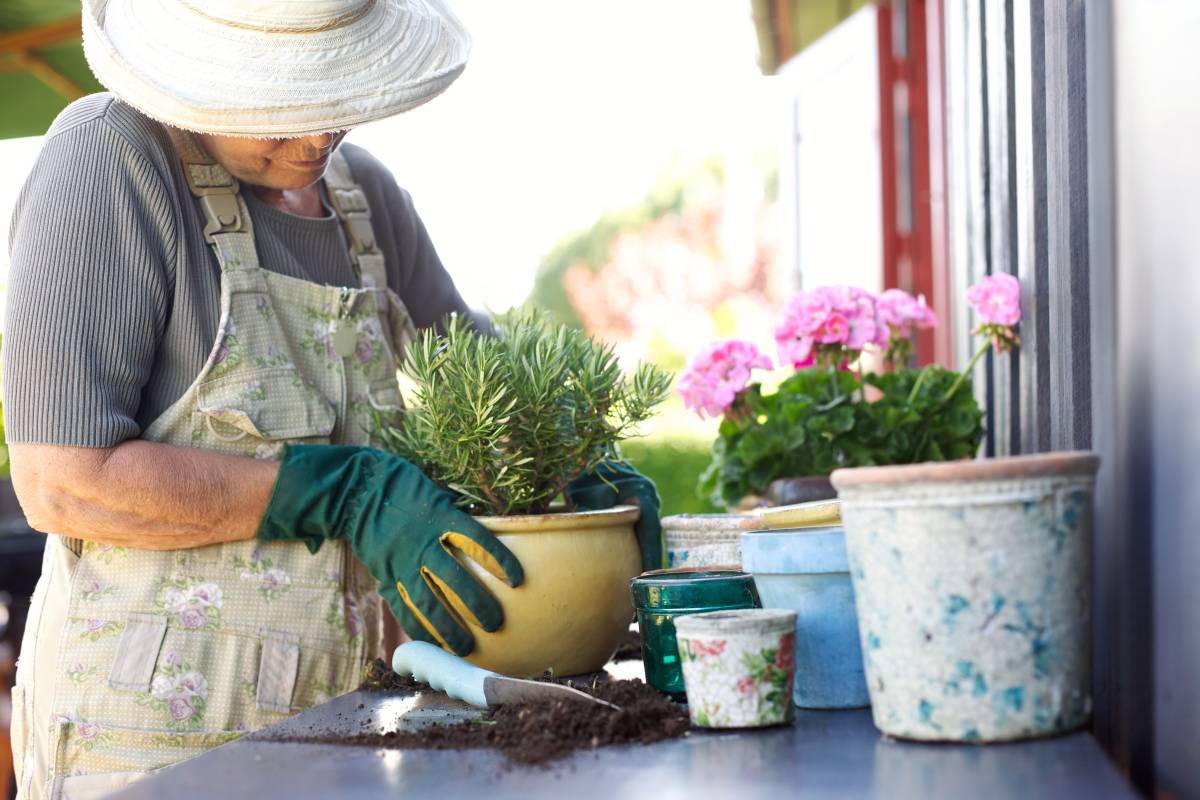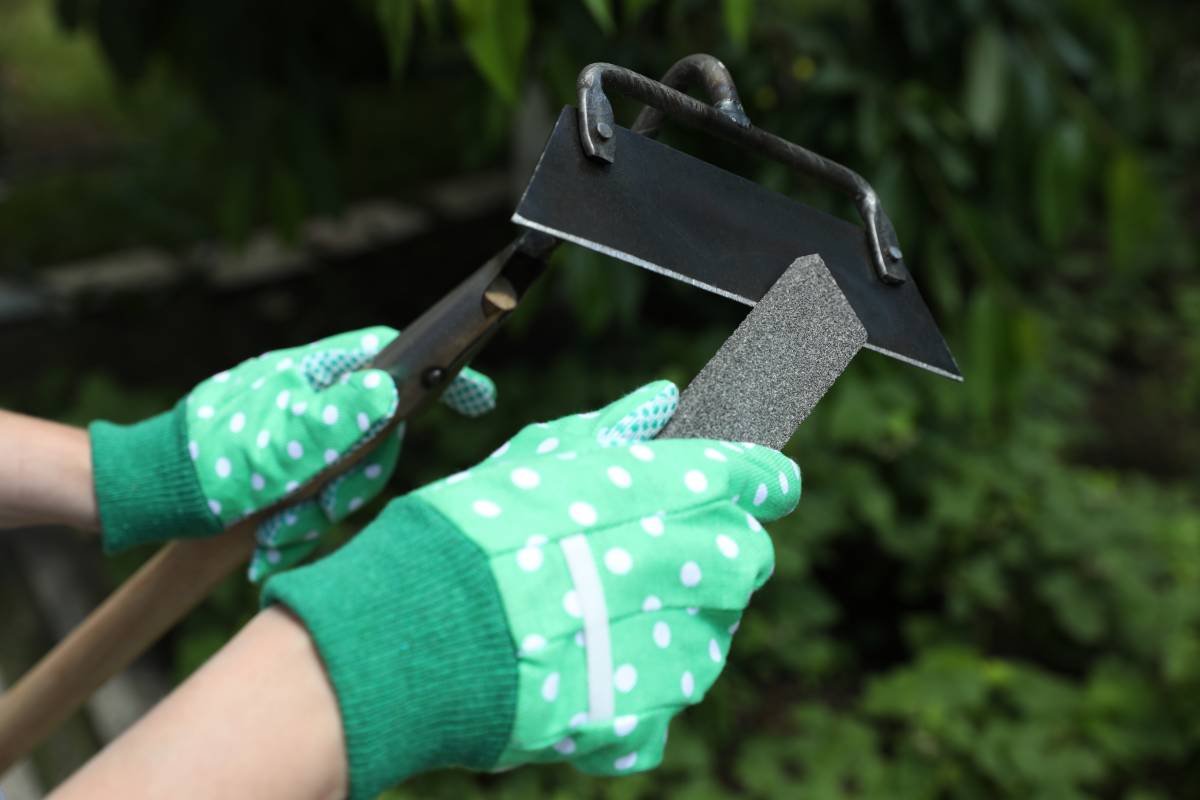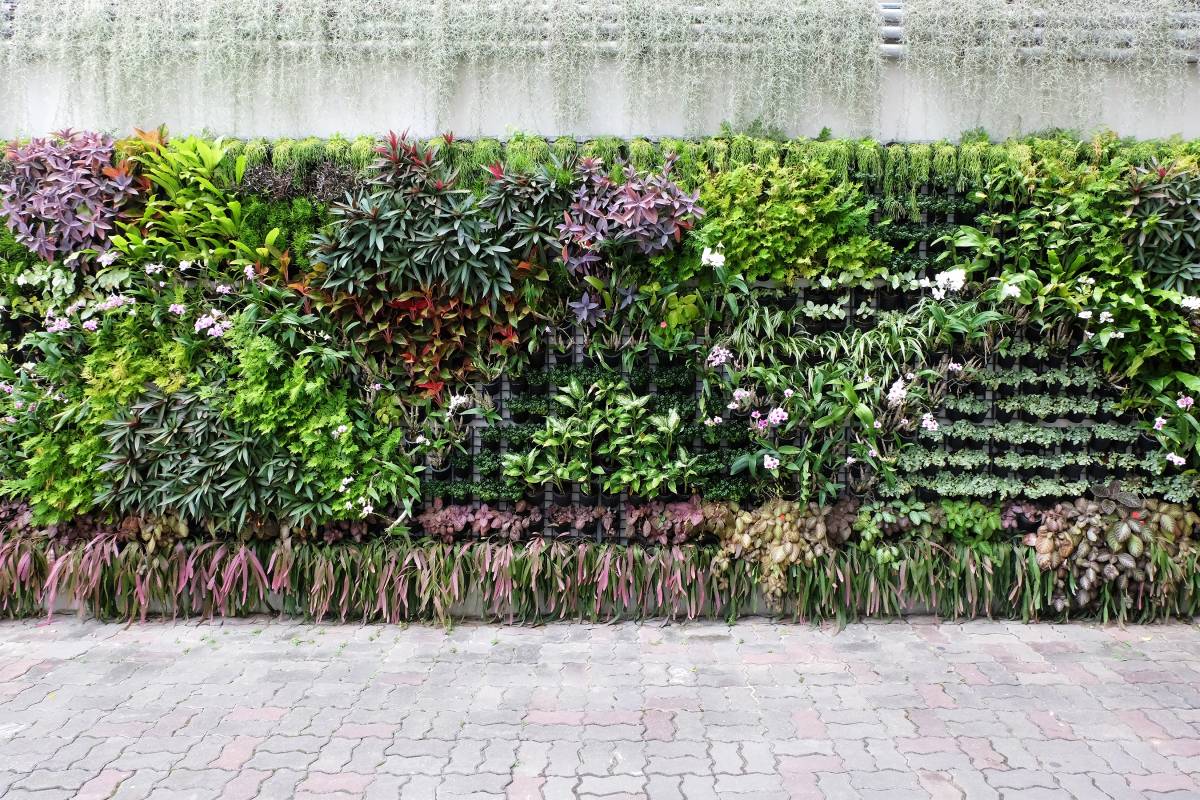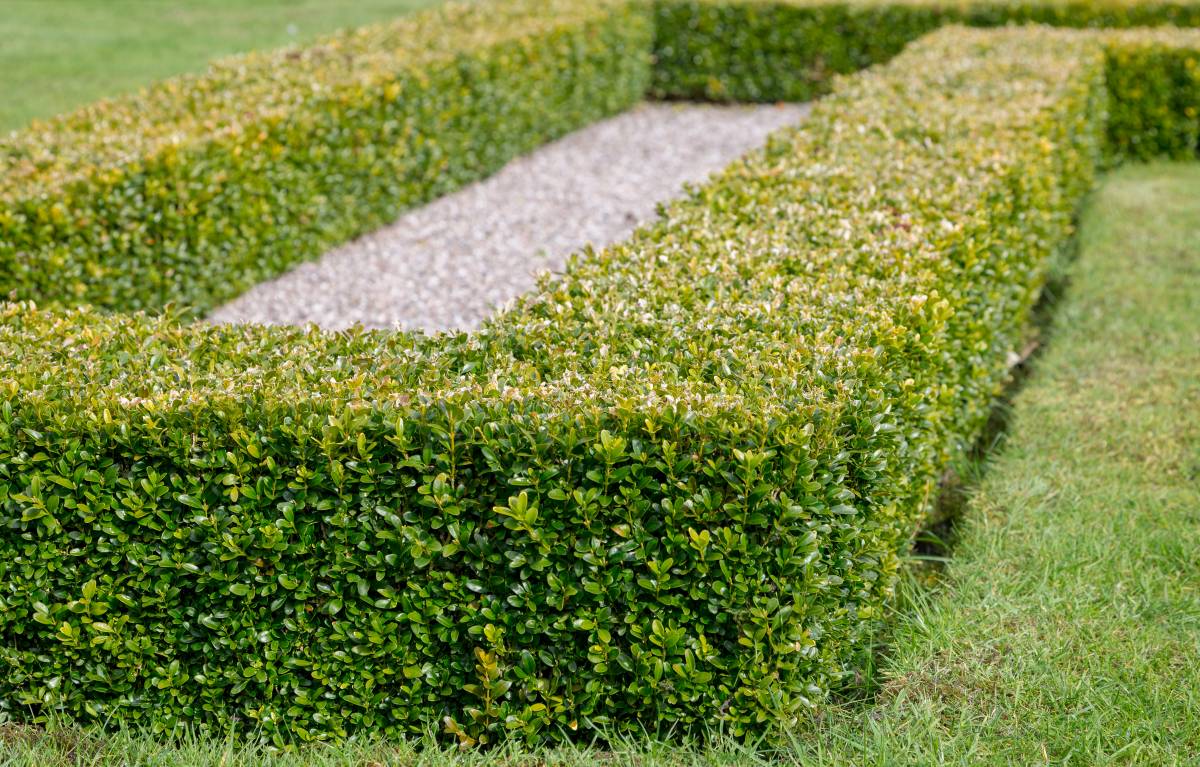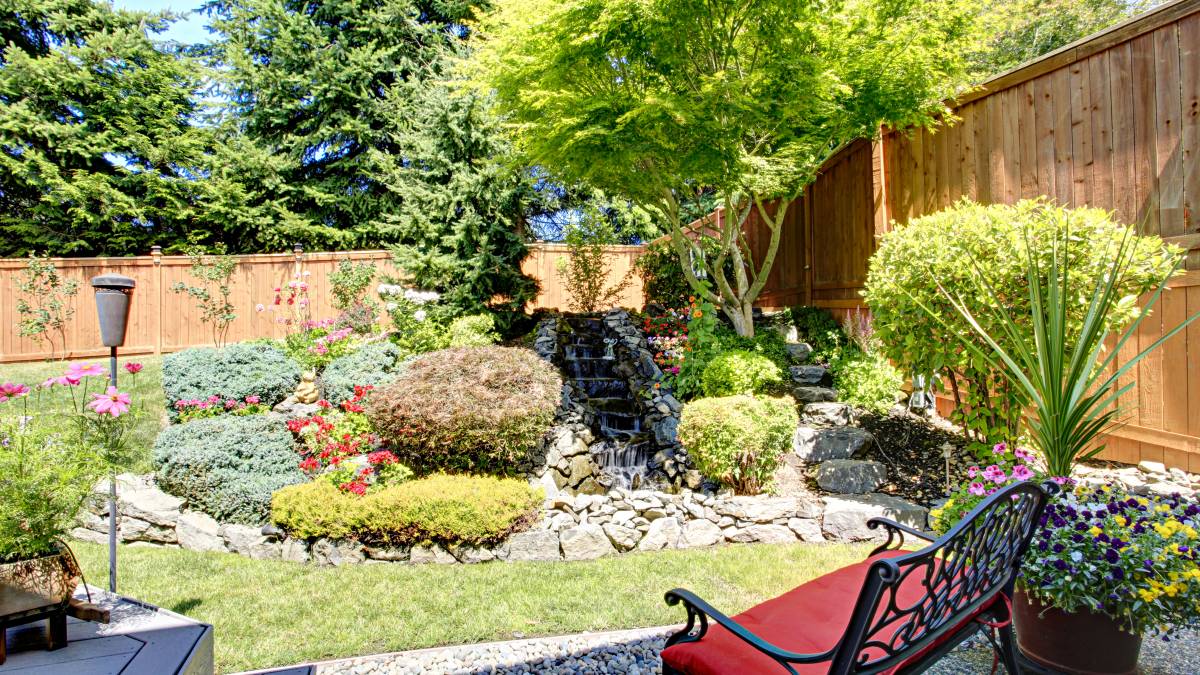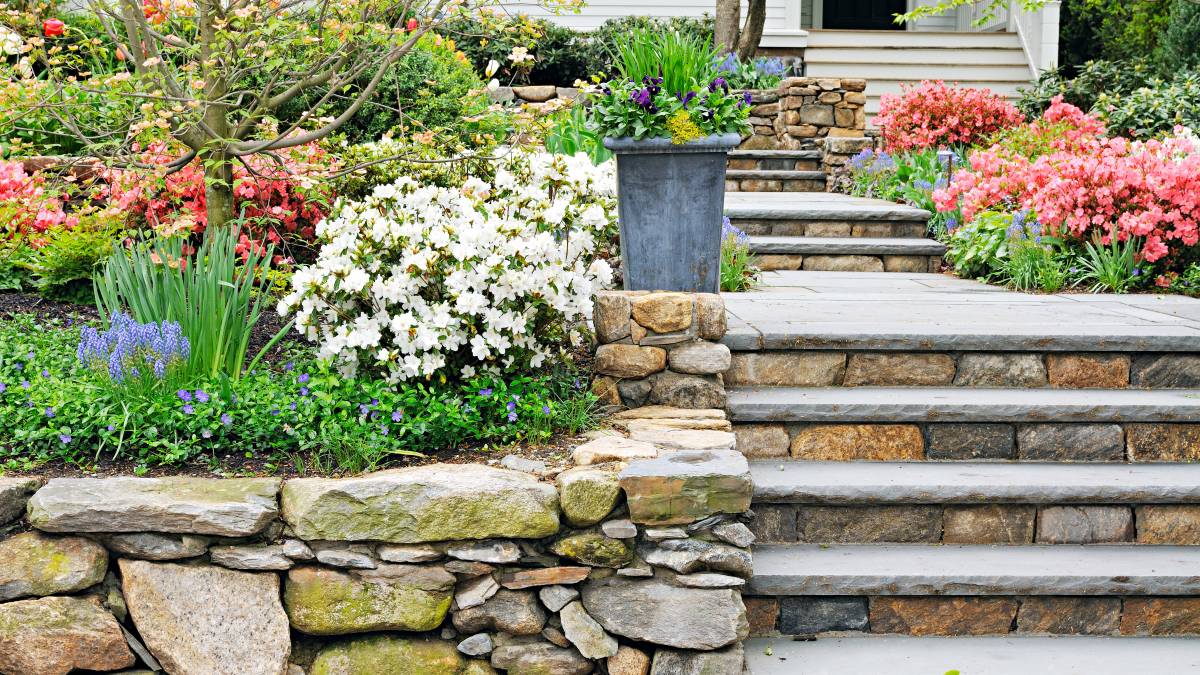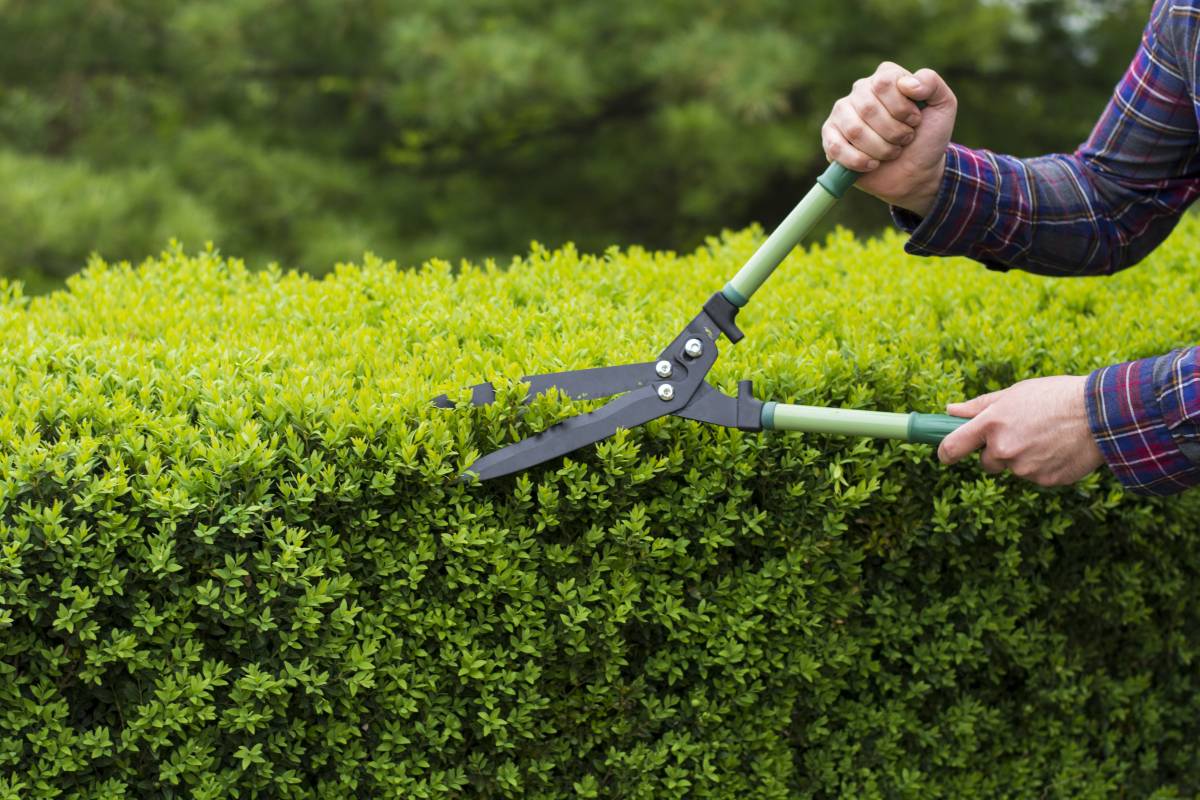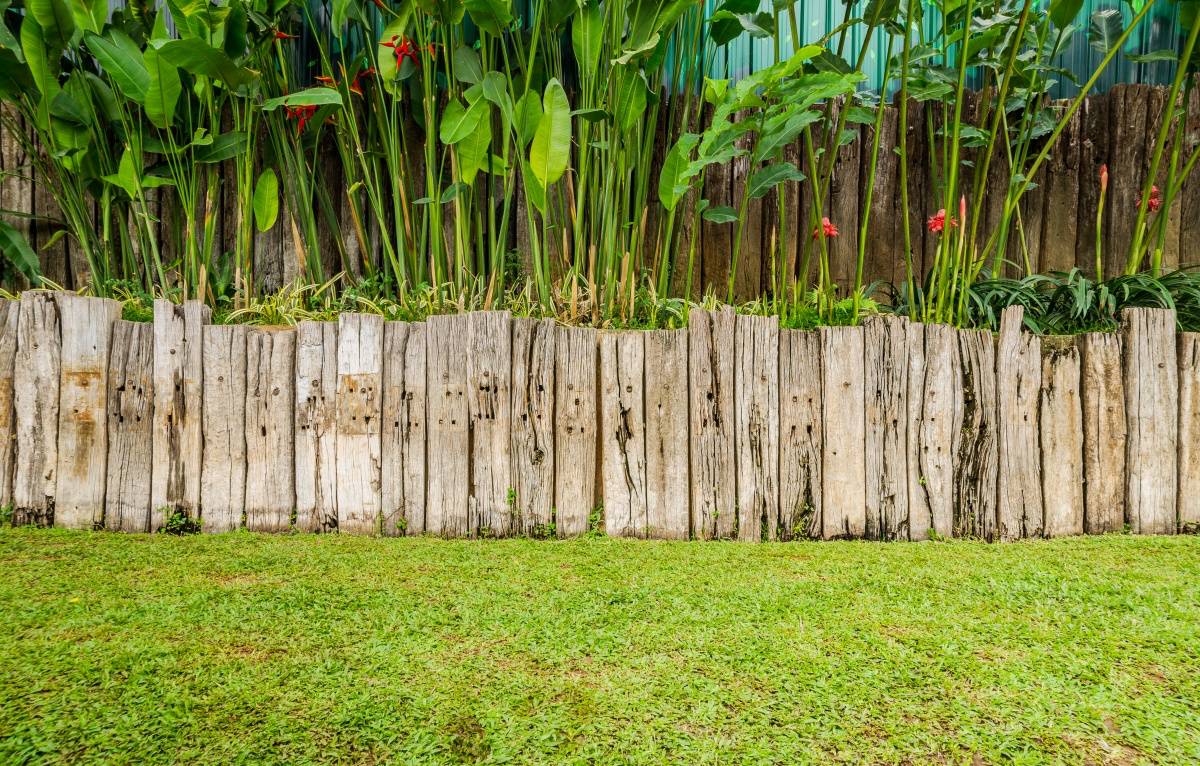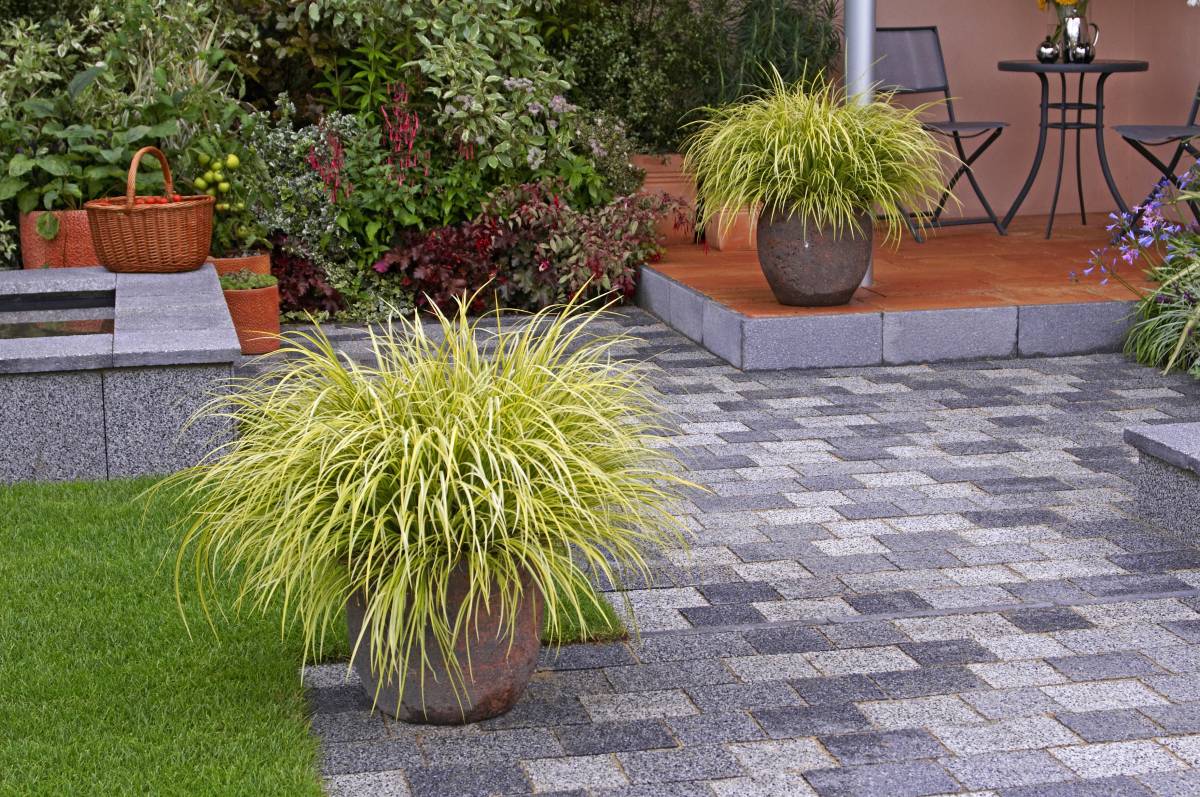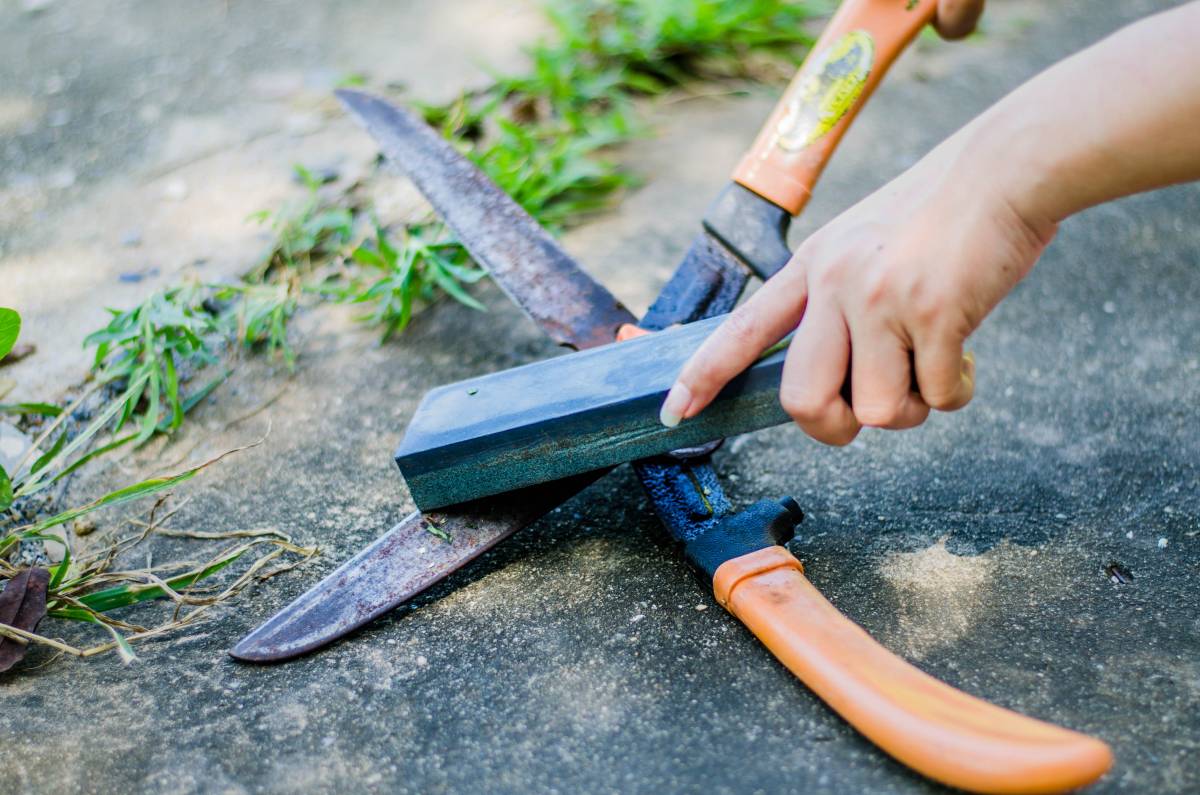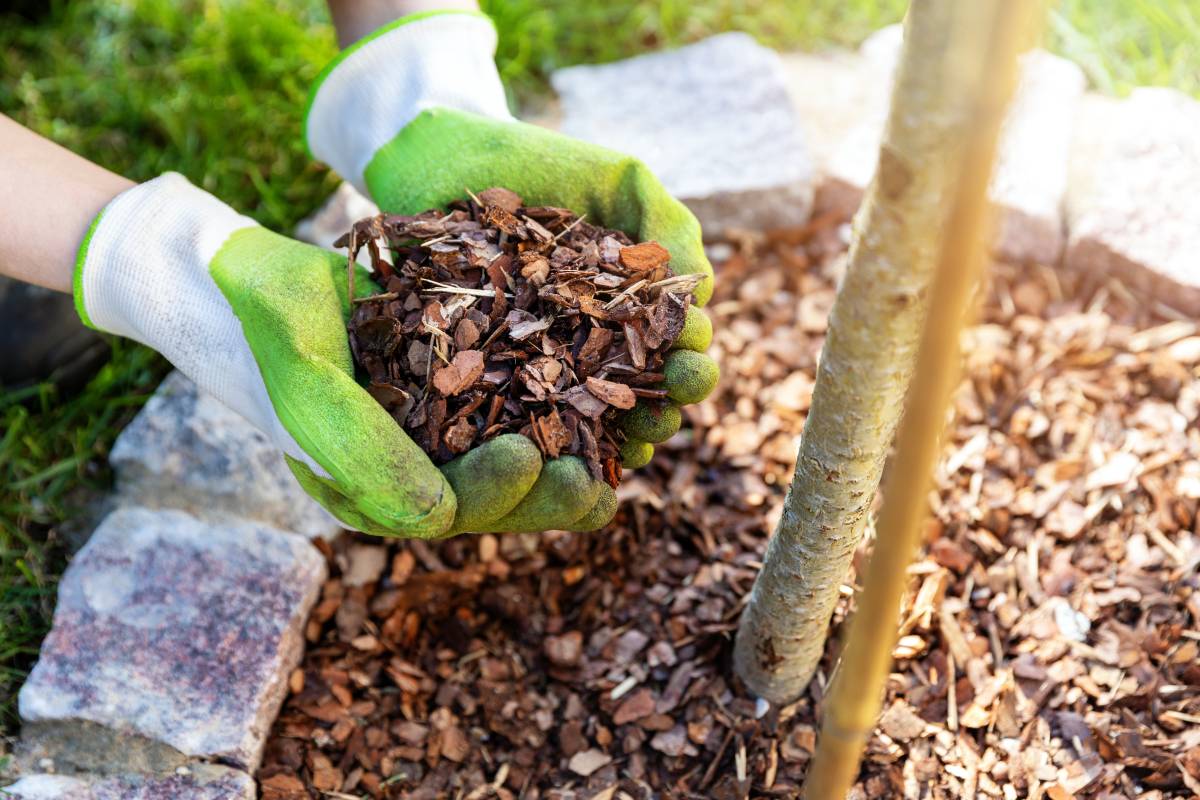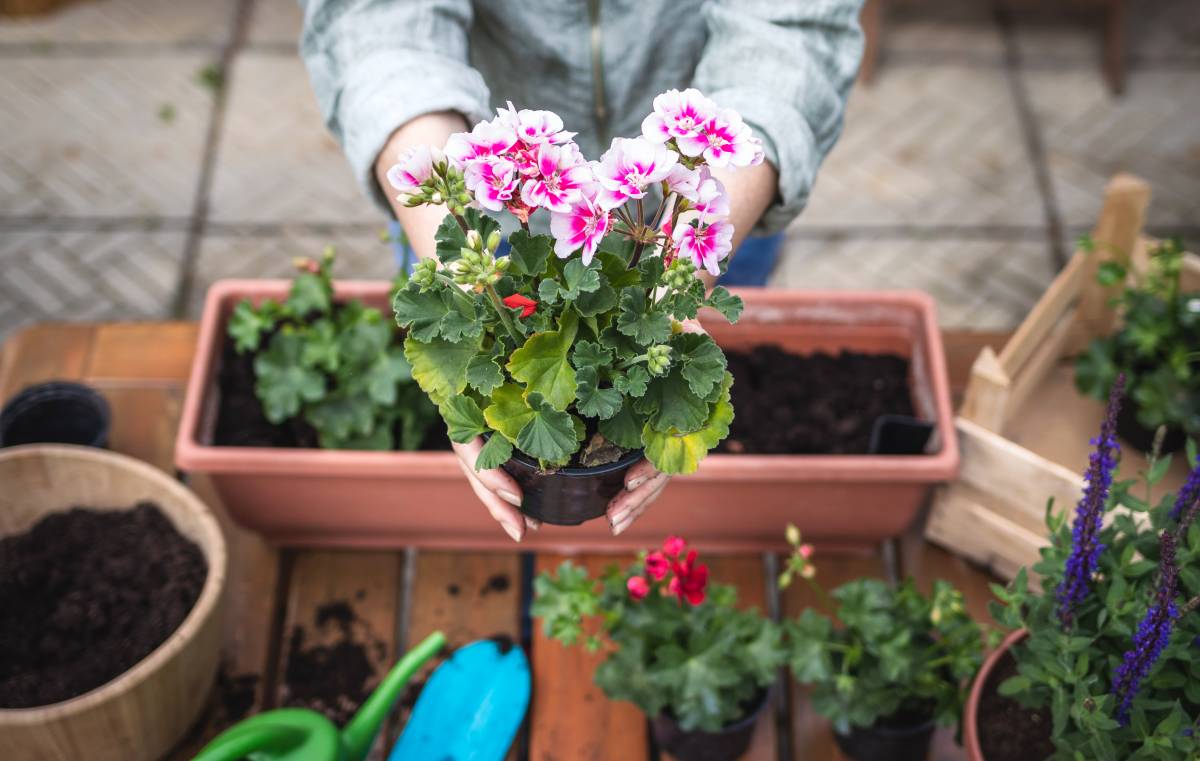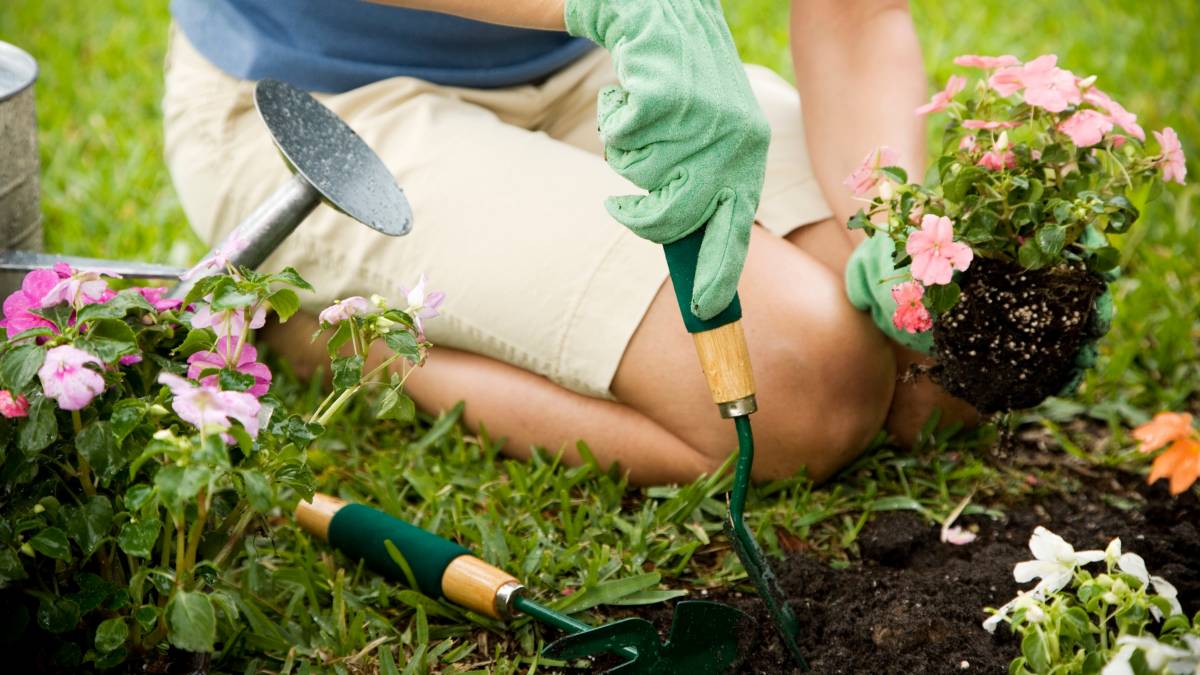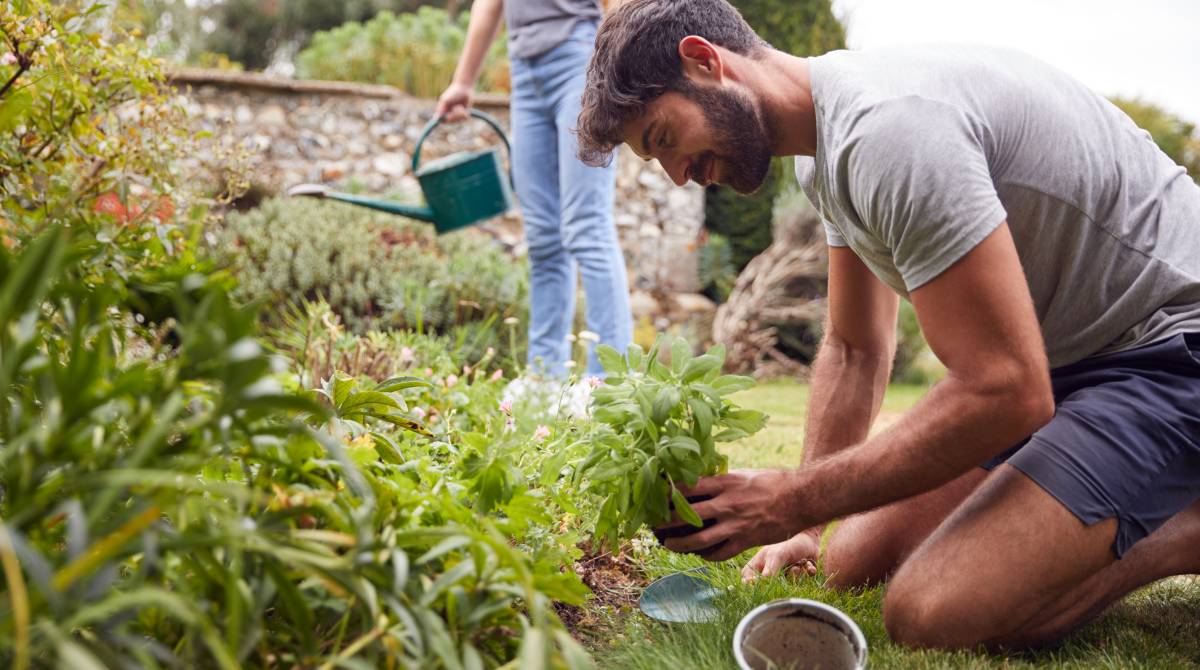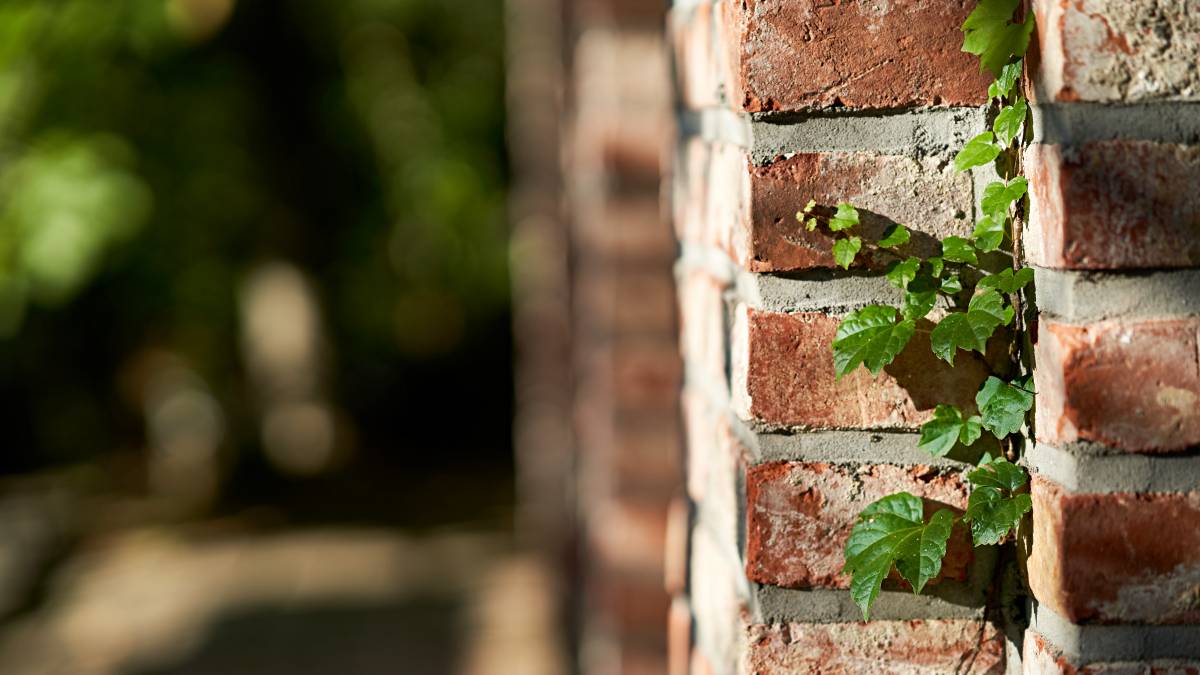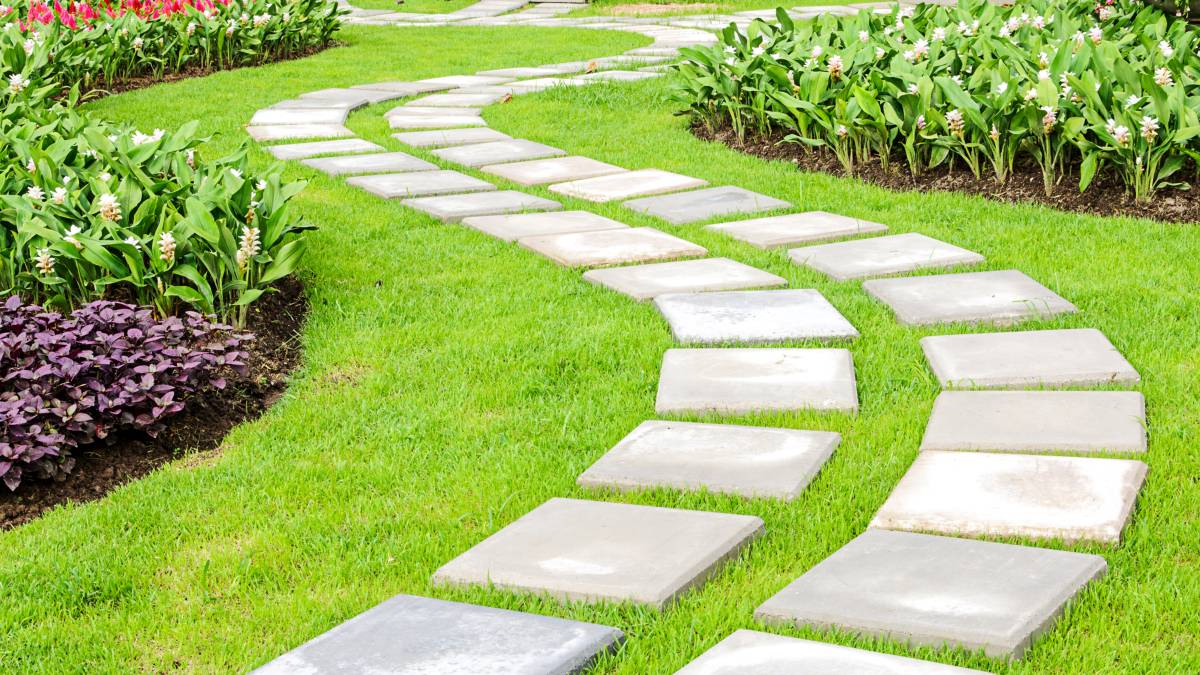
- Home/
- Guides/
- Garden Designers/
- Garden Path Ideas
28 Garden path ideas you’ll surely love
Find inspiration in these functional and beautiful garden paths.
Last Updated on
Key Facts
- Weed fabric, a compacted base, and firm edging stop paths from sinking, spreading, or turning boggy after rain.
- Basic design tweaks, such as round pavers in grass, pebble spirals, or low LED lights, can turn a plain route into a feature.
- A tidy, well‑marked path catches buyers’ eyes and hints that the whole garden is cared for. That small signal can nudge offers higher without a major spend.
Fed up with weeding, mowing, and maintaining every inch of your garden? Adding a thoughtful path system might be the solution you’ve been looking for! Garden paths reduce the amount of lawn that needs regular maintenance while creating clear routes to your favorite outdoor spots.
Garden paths are also wise investments because they prevent soil compaction around plants and protect your garden beds. Depending on your design, these special garden features keep your feet dry during wet weather and add year-round structure to your outdoor space even when plants aren’t in bloom.
To help you find a garden path design that suits your home, this guide provides over 20 inspiring path ideas. From classic brick walkways to sleek concrete designs, you’ll discover options for every style and budget.
Cheap DIY garden path ideas
If you’re planning to sell your home soon or want to enjoy your outdoor space more, these inexpensive garden paving ideas are highly recommended. With materials starting from just a few dollars per square foot, you can create beautiful pathways that add charm and function to your garden. Some of our picks below are so simple that you can DIY them on a weekend without special tools or landscaping experience!
1. Mulch walkways
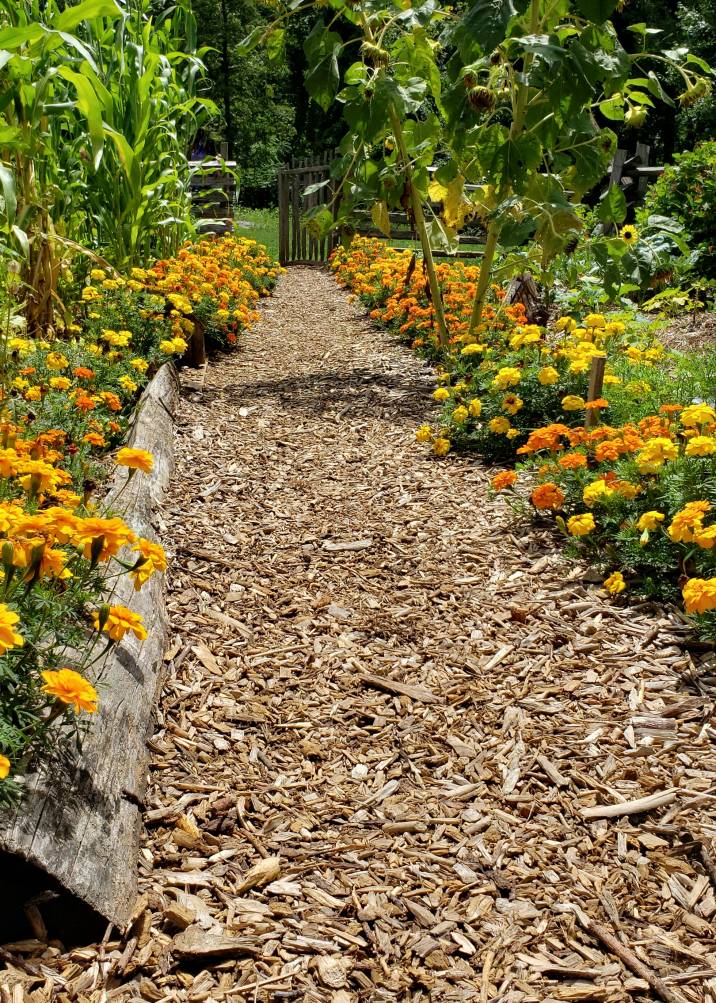 A mulched garden path bordered by orange and yellow marigolds (Source: iStock)
A mulched garden path bordered by orange and yellow marigolds (Source: iStock)
Mulch is an inexpensive option compared to gravel and stone pebbles. Common types of mulch for garden paths include wood chips, cocoa beans, and cypress bark. These materials are lighter than stone and, therefore, easier to haul and spread.
However, keep in mind that mulch naturally decomposes and needs to be refreshed every 2-5 years. If your garden gets soggy after rain, mulch paths might not be your best bet, as they can become waterlogged and messy. For best results, install proper edging to keep everything contained and looking tidy.
2. Gravel walkways
Gravel paths offer excellent durability with minimal upkeep, making them perfect for busy homes. You can easily match your landscape style with options like crushed limestone, pea rock, and decorative crushed stone. One of the biggest advantages of gravel is that water drains right through it, eliminating those annoying puddles and muddy spots that form after rain.
Just keep in mind that outdoor furniture can sit unevenly on gravel surfaces, and it’s not the most comfortable for barefoot walking. To keep it looking neat, landscapers suggest adding simple edging (plastic, metal, or stone).
3. Brick garden path
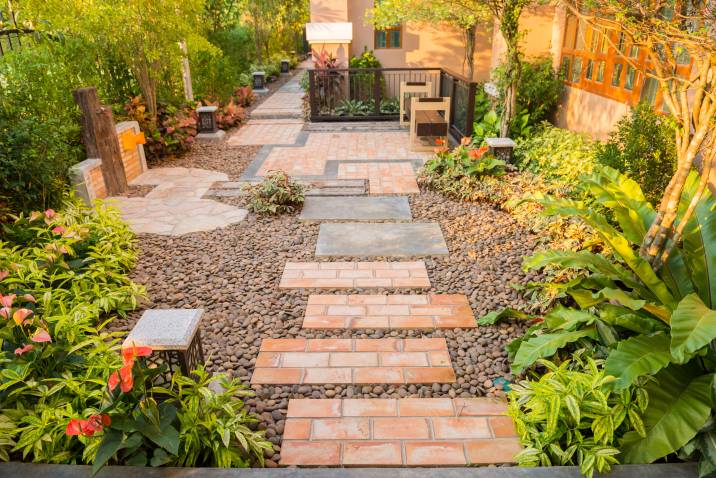 A brick garden walkway set over pebbles (Source: iStock)
A brick garden walkway set over pebbles (Source: iStock)
For a timeless, classic garden path, brick is a favourite choice. Unlike other materials, brick maintains its rich colour for decades and can be arranged in patterns like herringbone, basket weave, or traditional running bond. More importantly, the high-friction surface makes brick paths safer in wet conditions, and they require minimal maintenance beyond occasional scrubbing to remove moss.
The trade-off comes in higher upfront cost and installation effort. For this garden path option, you need to dig 8-10 inches deep and create a proper base of compacted gravel and sand for long-term stability. If budget is a concern but you love the brick look, consider reclaimed bricks, which often cost less.
4. Stepping-stone paths with yard stones
If you prefer building a path that involves very little digging, use stepping stones. They’re one of the easiest materials to work with, even if the stone is heavy. Since there is a distance between each stepping stone, you don’t have to level them with one another.
5. Planted paths with yard stones

Ground cover plants in between your yard stones make the walkway easier to walk on. For one, you can skip the thick, compacted gravel base underneath. So even if the stones shift and become uneven, the plants will hide that. Secondly, you don’t need to put in extra effort (and time) to lay the stones perfectly.
6. Cobblestone garden path
Want to mimic traditional European gardens? Get the rustic vibe that a cobblestone garden path brings. This is perfect for gardeners who have tall wildflowers overspilling onto the path.
7. Grass walkway
 A curved grass walkway bordered by flower beds (Source: iStock)
A curved grass walkway bordered by flower beds (Source: iStock)
This budget-friendly option gives you a cool, soft surface that’s heaven for bare feet in summer. For minimal traffic areas or garden sections you rarely visit, grass paths maintain a continuous green flow while guiding visitors through your outdoor space.
The drawback? Regular maintenance. You'll need to keep up with mowing, edging, and watering to prevent your path from looking shabby. For best results, consider drought-resistant varieties in dry climates, and explore reinforced turf systems that use plastic grid structures beneath the grass to prevent compaction in more frequently used sections.
DIY walkways can take more time and effort from your end. It can also be challenging if you do not have prior experience in house construction. Don’t worry, though. You can save time and effort and still ensure the quality of your garden path by hiring a garden designer. |
Modern garden path ideas
8. Stone and wood path
Why choose between materials when you can enjoy the best of both? Natural wooden elements paired with stone or gravel create pathways with character and practical benefits. The wood provides stable, level stepping areas while stone sections add visual interest and improve drainage, especially in areas that tend to get soggy.
For lasting beauty, select pressure-treated lumber or naturally rot-resistant woods like cedar or redwood. These paths develop wonderful character over time as the wood weathers to a soft silver that beautifully complements stone elements.
9. Minimalist wood decking
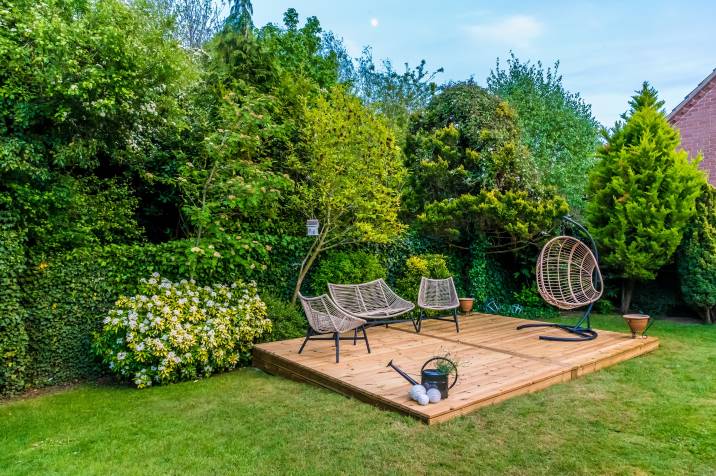 A raised timber deck with lounge seats (Source: iStock)
A raised timber deck with lounge seats (Source: iStock)
Nothing beats wooden walkways for adding warmth and clean lines to your outdoor space. Their smooth, level surface makes them practical for high-traffic areas and handy for navigating spots that might otherwise turn muddy after rain.
To keep that minimalist look sharp for years, float the deck just 2–3 inches off the ground so rainwater slips away instead of pooling. Leave a slim, consistent gap between each plank to boost drainage and airflow, protecting the timber from warping or rot.
10. White marble walkway on gravel
The high‑contrast combo of white marble steps and gravel brightens shady corners, adds instant street appeal, and the loose stones let water disappear fast. Marble’s light colour also stays cooler than darker stone, so it’s barefoot‑friendly on hot afternoons.
Marble costs more than plain concrete, but its cool feel, long life, and luxe look make it perfect for high‑traffic spots like the patio or front entry. Keep that crisp contrast sharp by rolling out landscape fabric first, then topping with gravel before you nestle each stone.
11. Scandinavian-inspired, minimalist circle stones
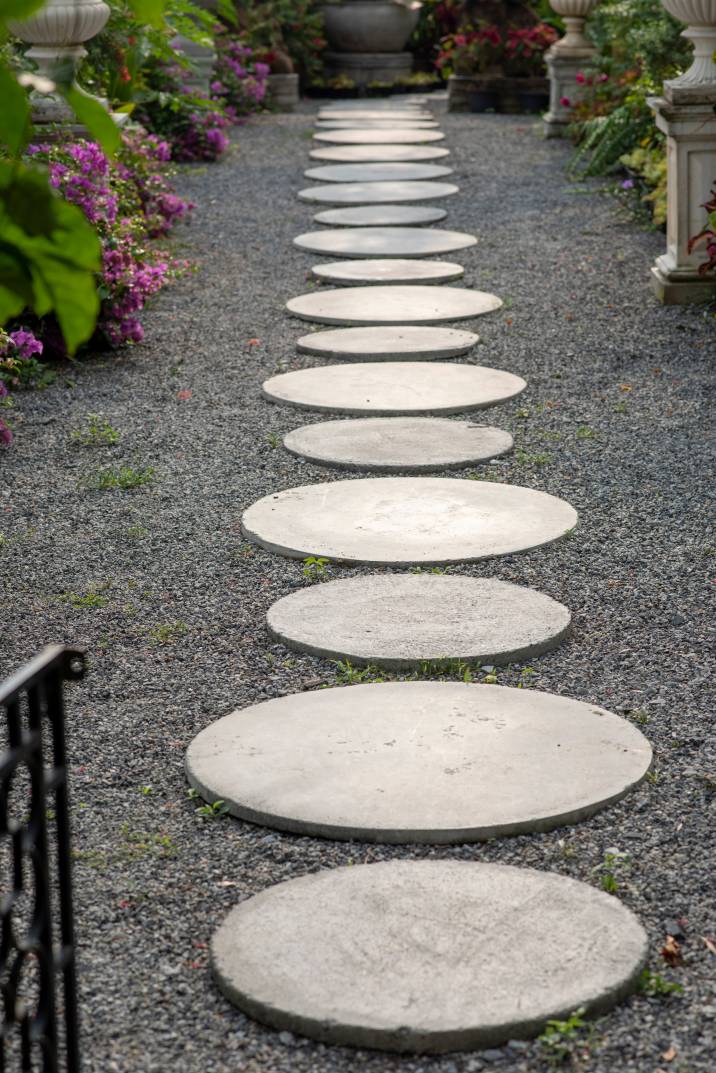 A set of round concrete pavers over grey gravel (Source: iStock)
A set of round concrete pavers over grey gravel (Source: iStock)
Want to put visual order in your garden? Round stepping stones in alternating sizes can create a playful vibe that works with almost any garden style. Arranging minimalist round-shaped stones in similar or alternating sizes creates a sleek, organised look that complements varying plants along the edge of your walkway.
For the best results, space stones comfortably apart so walking feels natural. You can nestle them directly in grass for a simple look or surround them with gravel or mulch for added texture.
12. Clean, black modern slabs
Want to define spaces in your garden clearly? Black slabs offer clean, uninterrupted surfaces, bring structure to lush garden spaces and provide practical, all-weather access throughout your property. The dramatic effect really comes alive when you pair these dark elements with lighter materials between or alongside them.
13. Round concrete stepping stones
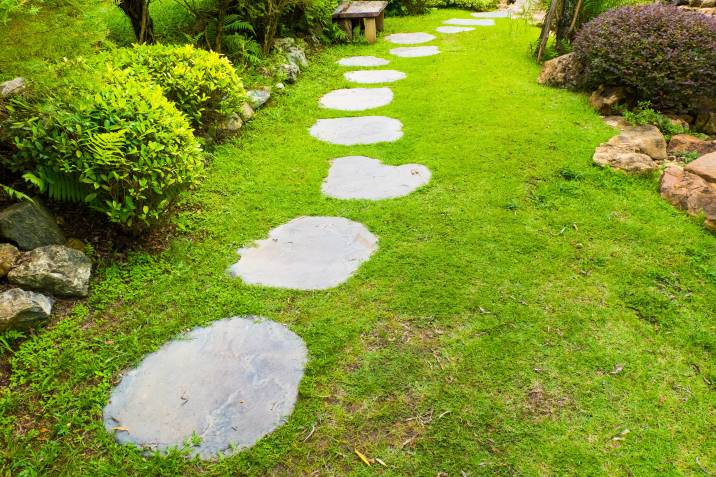 A set of irregular stone pads set into lawn (Source: iStock)
A set of irregular stone pads set into lawn (Source: iStock)
Need a path that holds steady on a slope and lifts the look of your lawn? Round concrete stepping stones are the go‑to. These big circular pavers give you sure footing, mow‑over clearance, and an instant pop of modern style that breaks up all those straight garden lines. Drop them on a thin bed of sand and tap them level.
Just note that they’re hefty to move, and you’ll want to seal the concrete every couple of years so it stays stain‑free. Skip the sand layer and you’ll feel the wobble, so it also pays to get the base right from the start.
14. Stone and brick spiral
Want to see beautiful patterns on your garden steps? Create walkways with breathtaking spiral patterns.
15. Circular stones on red gravel
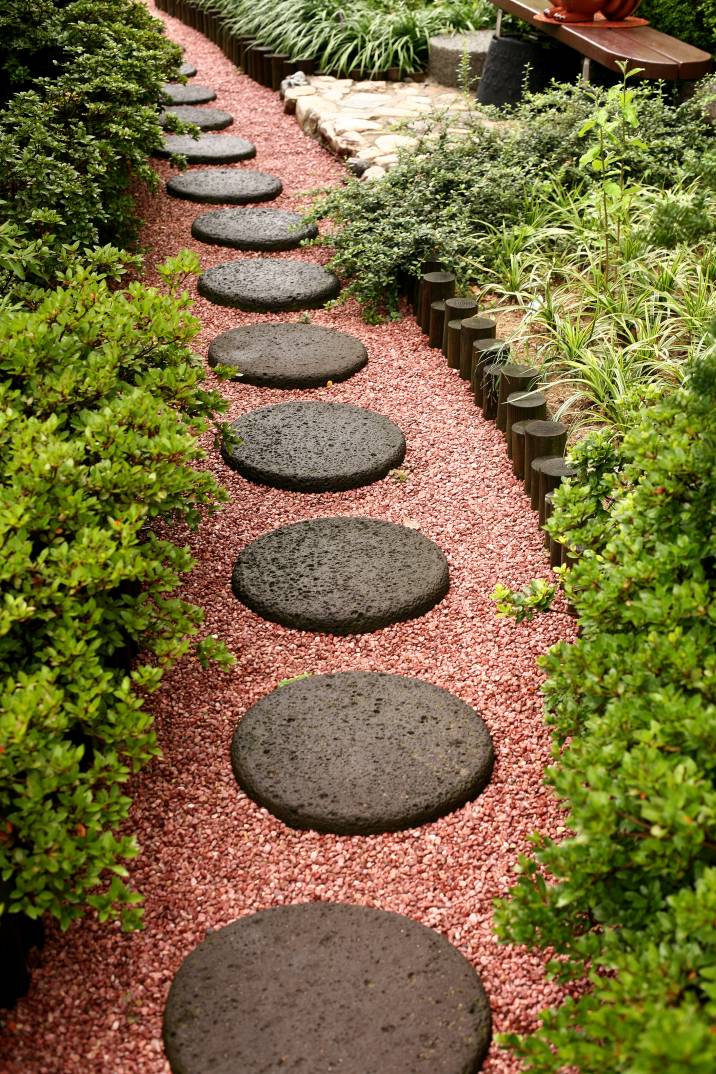 A set of nlack lava‑stone circles set in red gravel (Source: iStock)
A set of nlack lava‑stone circles set in red gravel (Source: iStock)
Want a path that really pops? Set round concrete or stone pavers into a bed of bold red gravel. The warm, rusty tones light up the greens of lawn, herbs, and shrubs, giving any yard a hit of Mediterranean energy without a full overhaul. This garden path design is perfect for homeowners who want to clearly guide and show off planting at the same time.
Before booking a handyman for this gardening project, just note that the gravel can migrate onto nearby paths if you skip edging. You’ll also want to give the pavers a quick sweep now and then to keep their shape crisp.
16. Clean wooden plank arrangement
Complement your pruned and shaped bushes by creating a walkway lined with wooden planks. This approach brings the comfort of indoor flooring to your outdoor space while establishing clear routes between different garden areas.
17. Brick or stone mosaics
Create artistic designs and patterns inspired by nature or your favorite things by creating a mosaic.
18. Colorful ceramic walkway
Express your colourful personality by using colourful ceramic tiles to line your walkway. It’s not just functional as a garden path, but is also a decorative element in your garden!
19. Garden path with water feature
 Concrete stepping pads zig‑zag across shallow water (Source: iStock)
Concrete stepping pads zig‑zag across shallow water (Source: iStock)
Ground cover plants in between your yard stones make the walkway easier to walk on. For one, you can skip the thick, compacted gravel base underneath. So even if the stones shift and become uneven, the plants will hide that. Secondly, you don’t need to put in extra effort (and time) to lay the stones perfectly.
Planted path building tips:
Foot-traffic resilient plants. Choose plants that are strong enough to stand foot traffic and can grow in your garden’s lighting and soil conditions.
Regular watering. Water the new plants regularly for the first few months to help them thrive.
Manage weeds. Pull weeds and grass regularly to prevent them from overrunning the plants.
Curved garden path ideas
20. Shaped garden steps
Need front garden walkway ideas? Impress your guests by adding shaped stones to your front garden walkway. These shaped stones can resemble an art installation, making your garden extra attractive!
21. Outdoor lighting for a dramatic effect

If your garden path layout is curved, add outdoor lighting for a dramatic effect! It also enhances safety when walking during the night since curved garden paths are safer when steps are well-lit.
22. Painted motif on stone
Paint flowers or any motif on your stone path or tiles to add uniqueness to your garden pathway. You can paint nature-themed, contemporary-themed, and culture-themed motifs…the possibilities are endless!
23. Garden path with an arch to draw the eyes
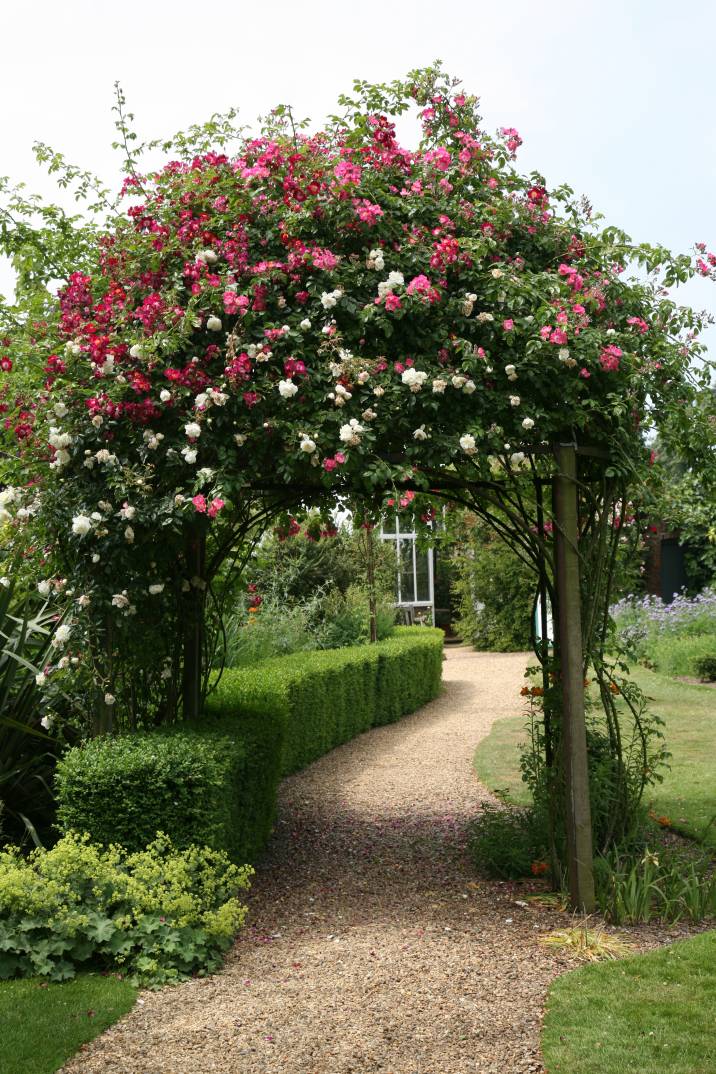 A beautiful garden arch with flowering plants (Source: iStock)
A beautiful garden arch with flowering plants (Source: iStock)
Imagine walking with a beautiful end (or milestone!) in sight – that’s how it feels to walk on a garden path that leads to an arch. Add this traditional touch to your own English country garden.
24. Wooden “biscuits”
Wood slice walkways (those round “biscuits” cut from logs) create whimsical, natural pathways that show unique grain patterns and weathering effects. They're perfect for DIYers who can often source materials for free from fallen trees or tree services, making this option both budget-friendly and sustainability-minded.
Since they’re typically cut from fresh wood, expect some cracking and movement as they dry. To extend their lifespan, seal both sides with weather-resistant treatment and place them over a gravel base for better drainage.
25. Rustic wooden walkway
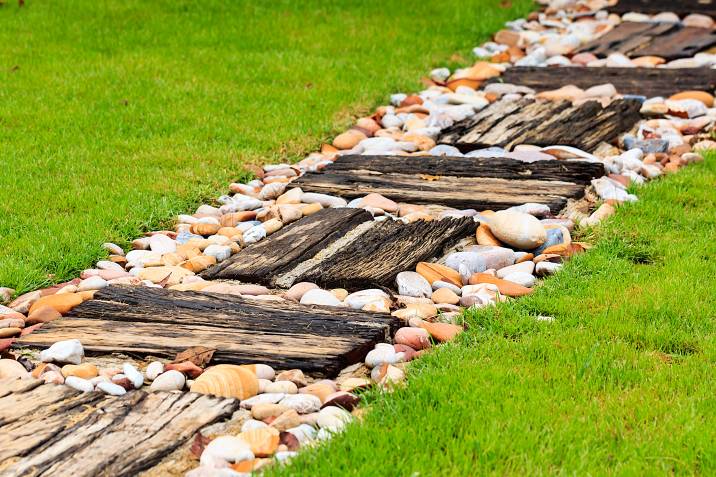
You can’t get any more rustic than with refurbished wood! They're relatively simple to build as weekend projects and can be designed to match existing decks or garden features for a cohesive look. You can even use upcycled pallets to line your garden path.
Like all organic materials, wood requires some ongoing TLC, so expect to apply protective treatments every few years to guard against weather damage. Some woods become slippery when wet, so consider adding non-slip strips or grooved decking in rainy climates.
Japanese garden path ideas
Stone, plants, and water are the three essential elements of a Japanese garden. These elements are also factored in building garden footpaths, which lead a person towards a particular point. Achieve the zen garden vibe in your own home with these Japanese-inspired garden footpath ideas.
26. Garden path with water feature

Japanese gardens usually have a water feature as it symbolizes renewal, calm, wonder, and continuity. Some gardens have koi ponds on the side of their walkways, while others have a sōzu. A sōzu is a type of water fountain that consists of a segmented tube (commonly bamboo) pivoted to one side of its balance point. At rest, its heavier end is down and rests against a rock.
27. Bamboo garden path
Bamboo is an essential design element in Japanese Gardens and Zen Gardens. Commonly serving as an accent plant or a privacy screen, it can also give the serenity of flora with a calming rustling of leaves.
28. Walkway lined with stone lanterns
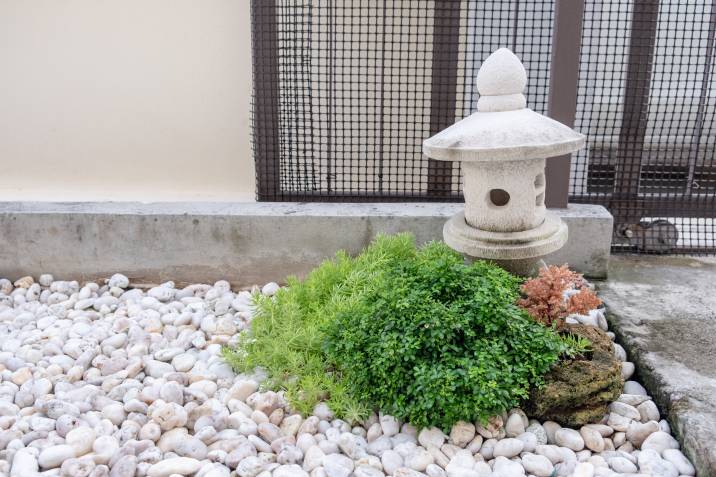
A Japanese garden isn’t complete without a stone lantern. This garden decor can be made from weathered stone or aged bronze. Moreover, stone lanterns come in many shapes, such as abstract forms and animals.
How do you lay a simple garden path?
Depending on your preferred material, here are tips and steps on how you can lay simple garden paths.
Materials for border and edging (mulch and gravel walkways):
Plastic landscape edging (cheap, fast, and easy to install)
Steel or aluminum edging (crisp edge)
Brick and stone (aesthetically good, but more expensive)
Concrete (less expensive than brick and stone but has the same advantage)
Landscape timbers (useful for building shallow steps on gradually sloping terrain)
Mulch and gravel walkways building tips:
Cutting sod. To make the job faster and easier for long paths, you can remove grass using a gas-powered sod cutter, which can be rented. If you have a short path, you can just use a garden spade to slice off the sod.
Edging. To keep about an inch above the fill material, don’t forget to set the edging. As a guide when setting the edging or border, you can use a spacer stick cut to the width of the garden path. This way, you can make sure that both edges run parallel without having to use the tape measure.
Prevent sogginess. You can prevent the fill material from mixing with the soil without using plastic (which catches water and makes the path soggy)! Just cover the soil with landscape fabric.
Leveling the ground. Do you want the path to be firm enough to roll a wheelbarrow on? Use crushed stone and tamp it out after leveling. Hand tampers are okay for short paths, but you may need to rent a vibrating-plate tamper for long paths.
Stepping-stone path building tips:
Proper distancing. Arrange each stone, so the distance from one center to another is 20 to 24 inches.
Set the stones in place. Set the stones in place first, then cut around them using a rock saw. Next, lift the stone to dig out the grass and a little soil.
If you want to level the stones, sand is easier to work with compared to soil. So spread a half-inch layer of sand under the stone if you want to level the stones easier. Set the stones about an inch above soil level. This helps allow a lawn mower to go over the path while still giving you a dry place to step.
Planted path building tips:
Foot-traffic resilient plants. Choose plants that are strong enough to stand foot traffic and can grow in your garden’s light and soil conditions.
Regular watering. Water the new plants regularly for the first few months to help them become well-established.
Manage weeds. Pull weeds and grass regularly to prevent them from overrunning the plants.
Give your garden a fresh, new look
Feeling inspired by all these garden path options? It’s time to give your garden a fresh, new look with a beautiful and functional path!
If you need some professional help bringing your vision to life, don’t hesitate to enlist the services of a garden designer. They have the expertise and experience to help you create the perfect garden path for your outdoor space. So why wait? Start planning and building your dream garden path today!
FAQs on garden paths
The cheapest way to lay a garden path is to use inexpensive materials such as mulch and gravel. You can also DIY mulch garden paths, so you can save on labor costs.
Grab a stiff brush to clean paved paths. If the layer of dirt doesn’t go away, use a pressure washer instead. This will help you wipe away and blast dirt, stains, and moss from your paths and patios to give them a fresher look.
Find garden designers, fast
Find a garden designer
Related guides
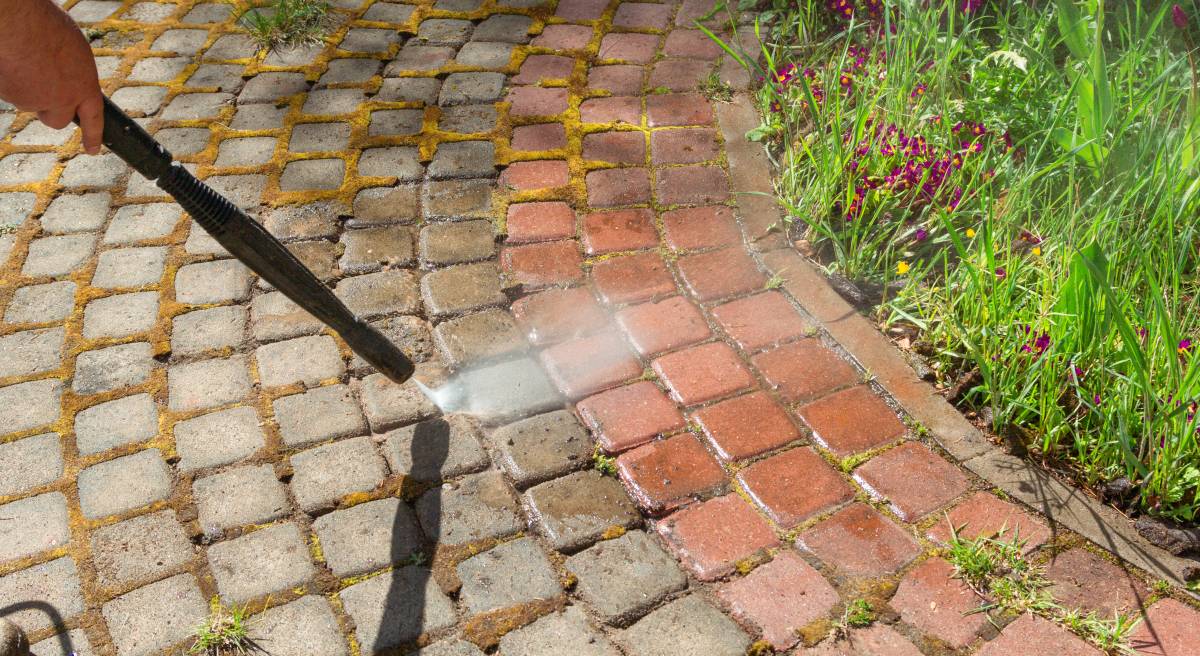
How to clean landscape rocks
Read more

36 Quirky plant pot ideas you’ll love
Read more
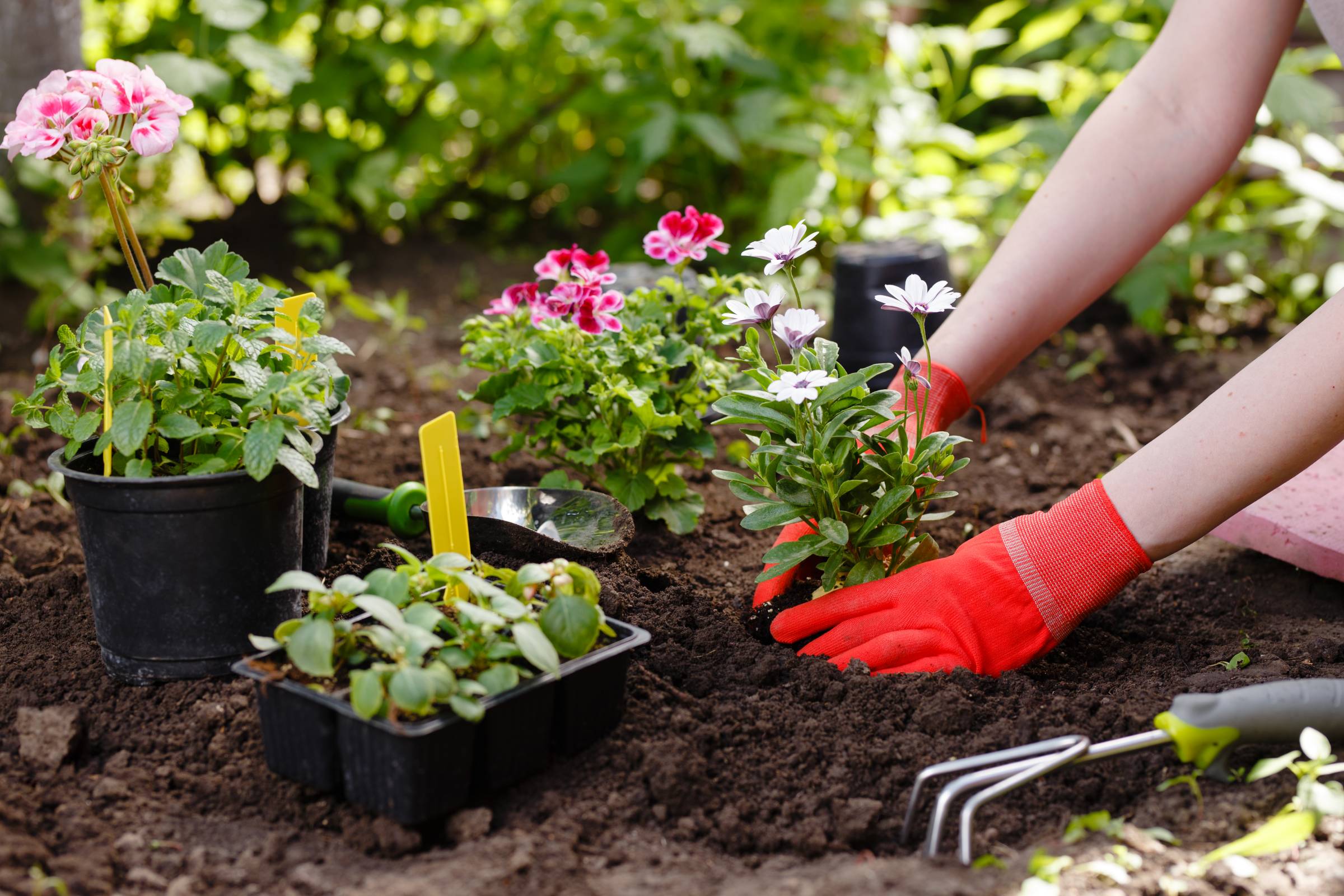
Your garden maintenance checklist
Read more

How to Start a Vegetable Garden
Read more

How to build a raised garden bed
Read more
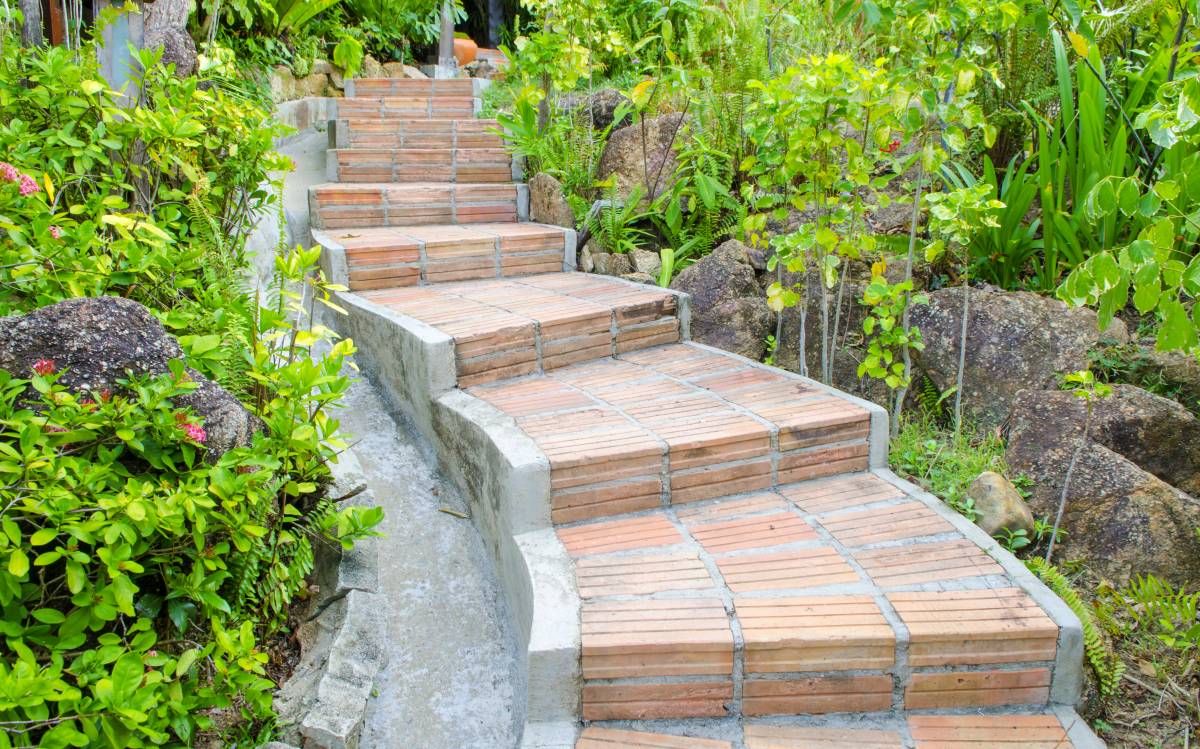
How to build garden steps
Read more

How to trim bushes the right way
Read more

25 ways to make money gardening
Read more

13 best spring gardening tips
Read more
Related price guides

How much does weeding cost?
Read more

How much does mulch cost?
Read more

How much does hedge removal cost?
Read more

How much does a garden room cost?
Read more
